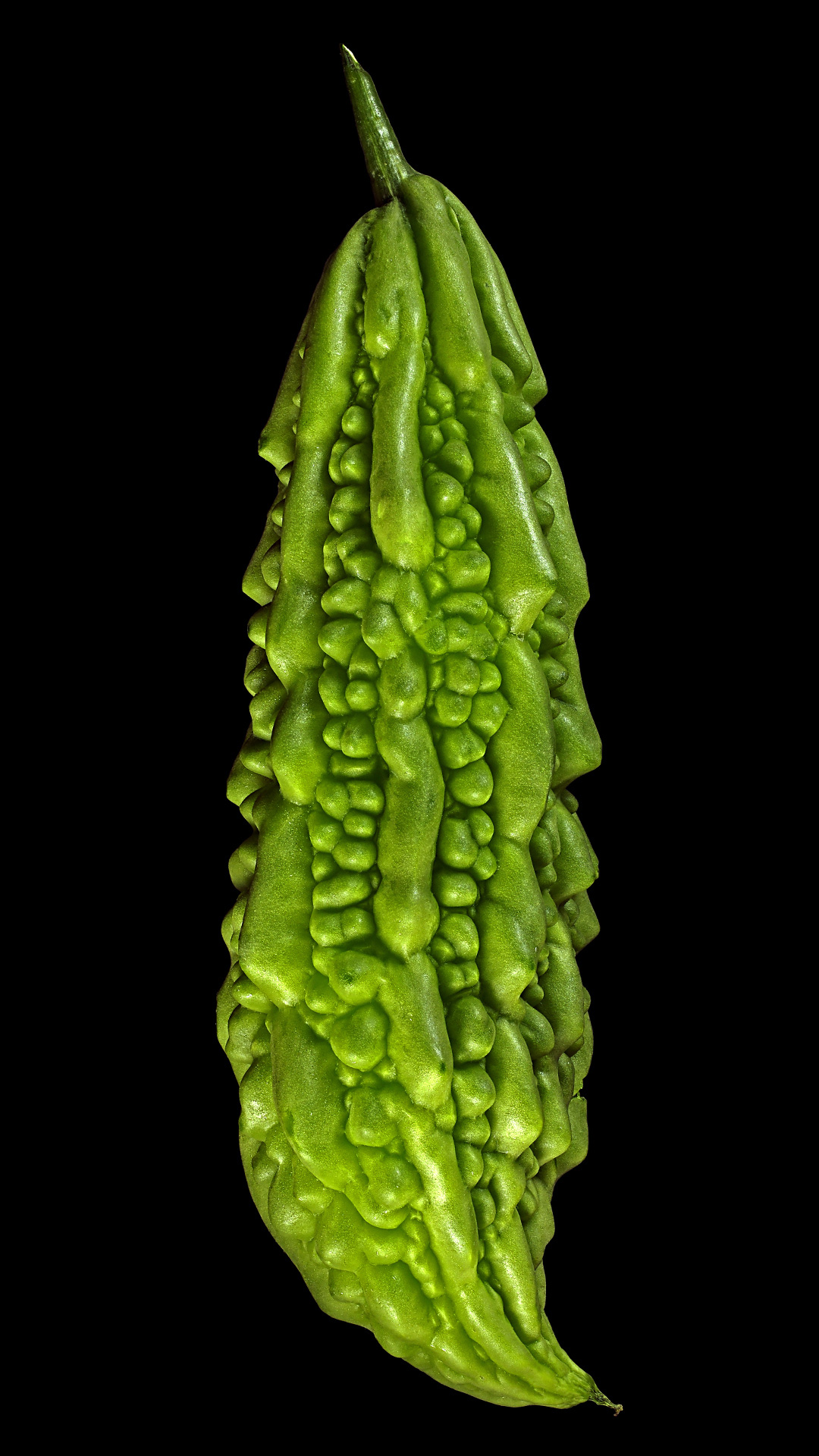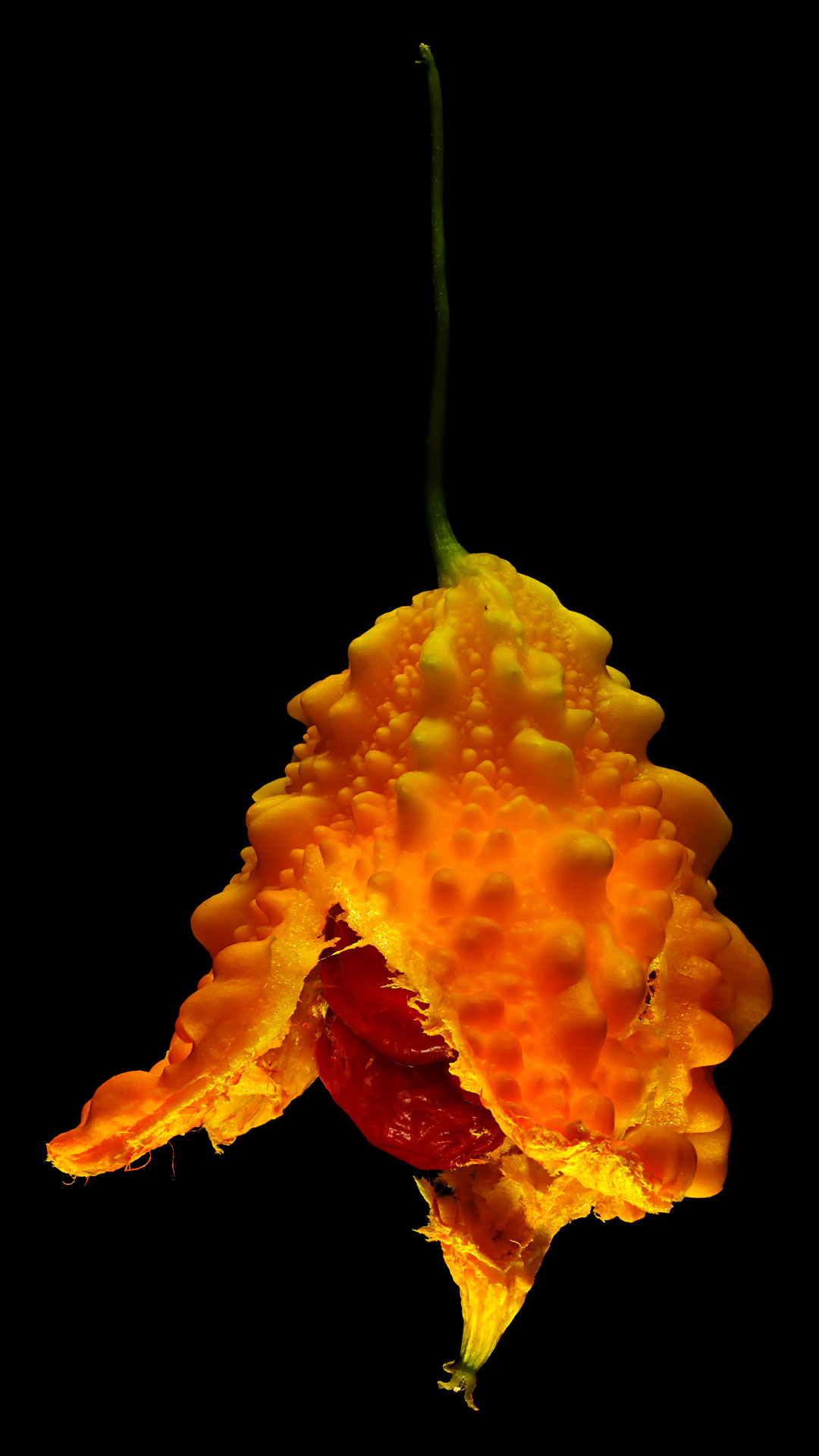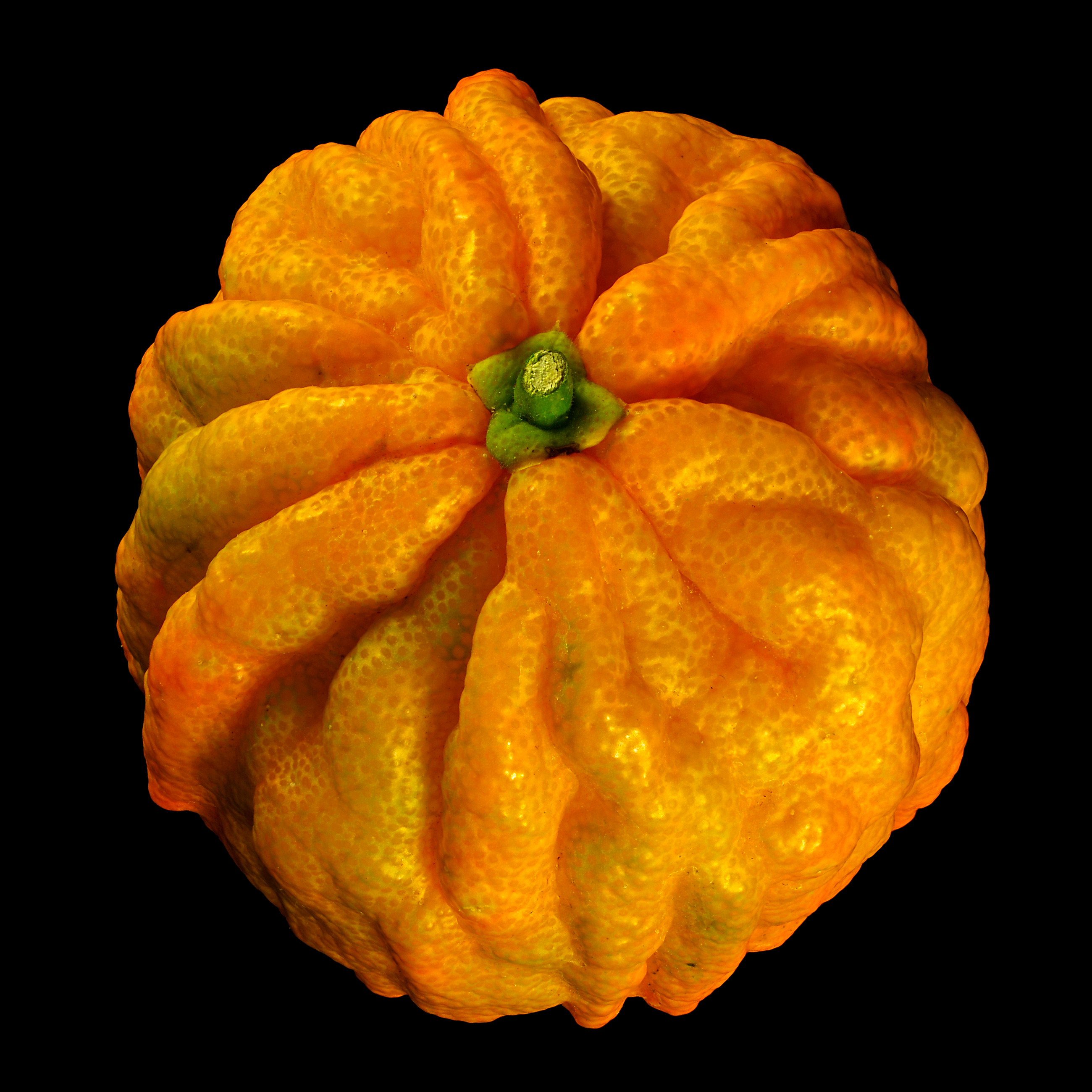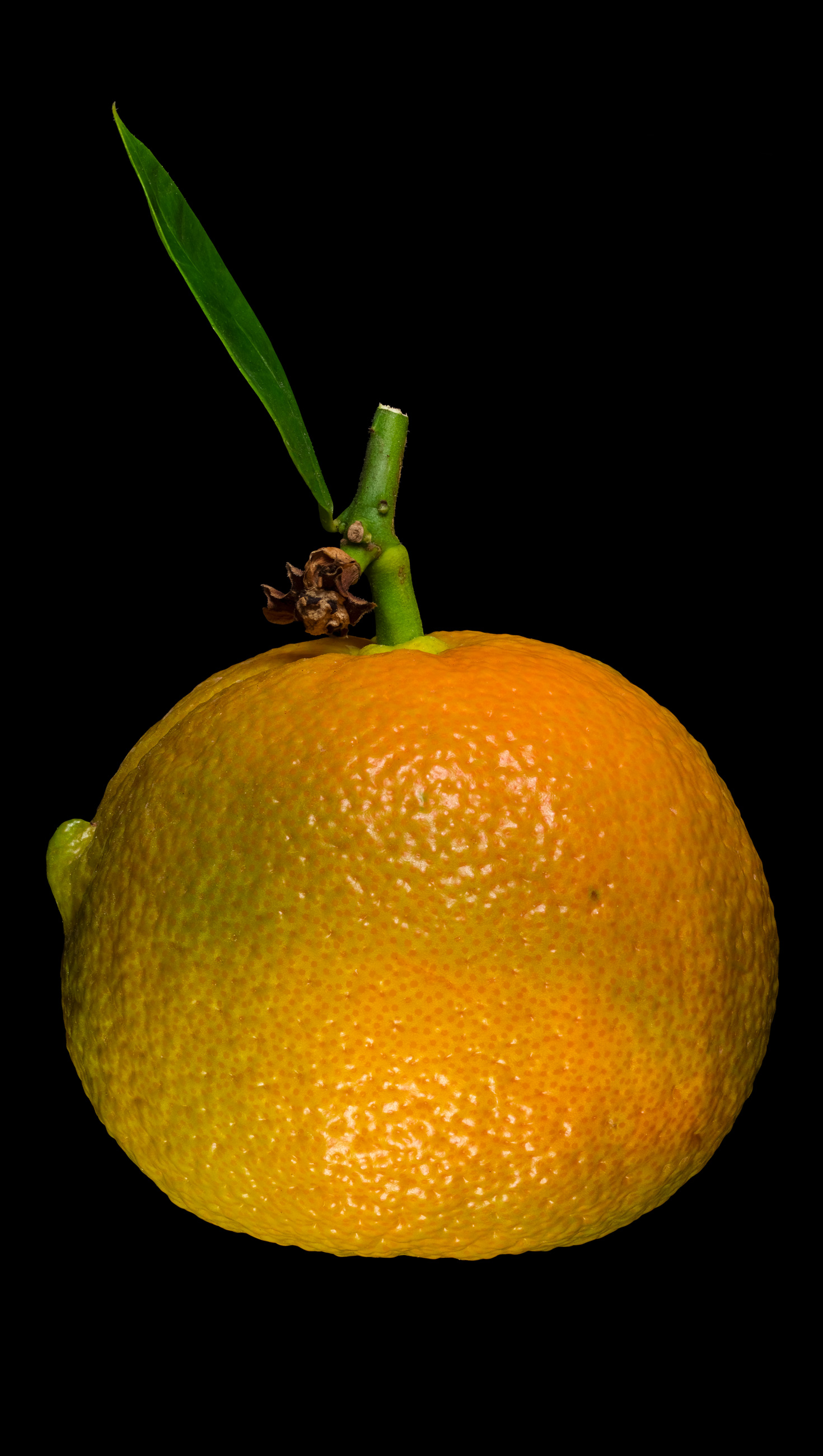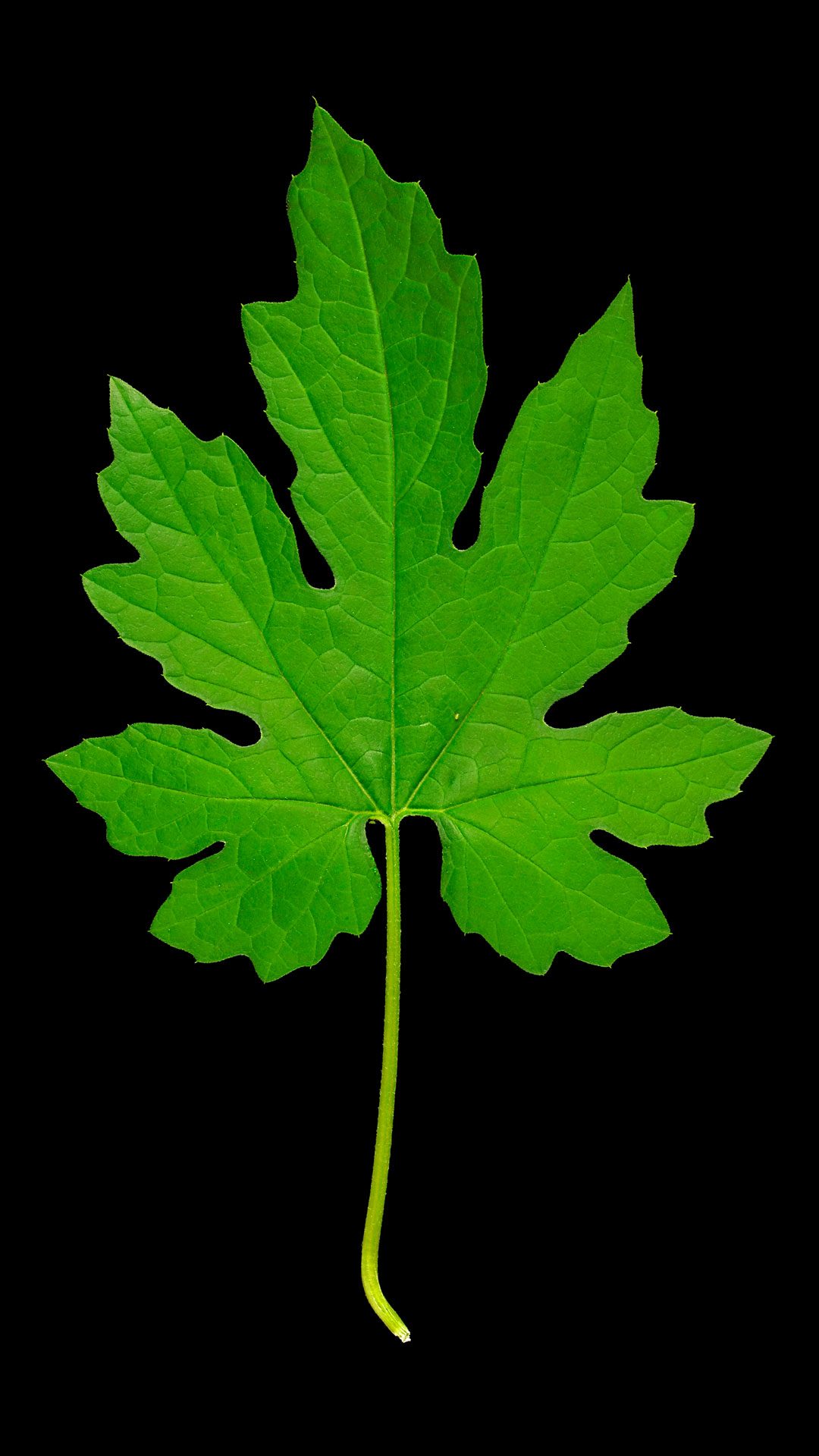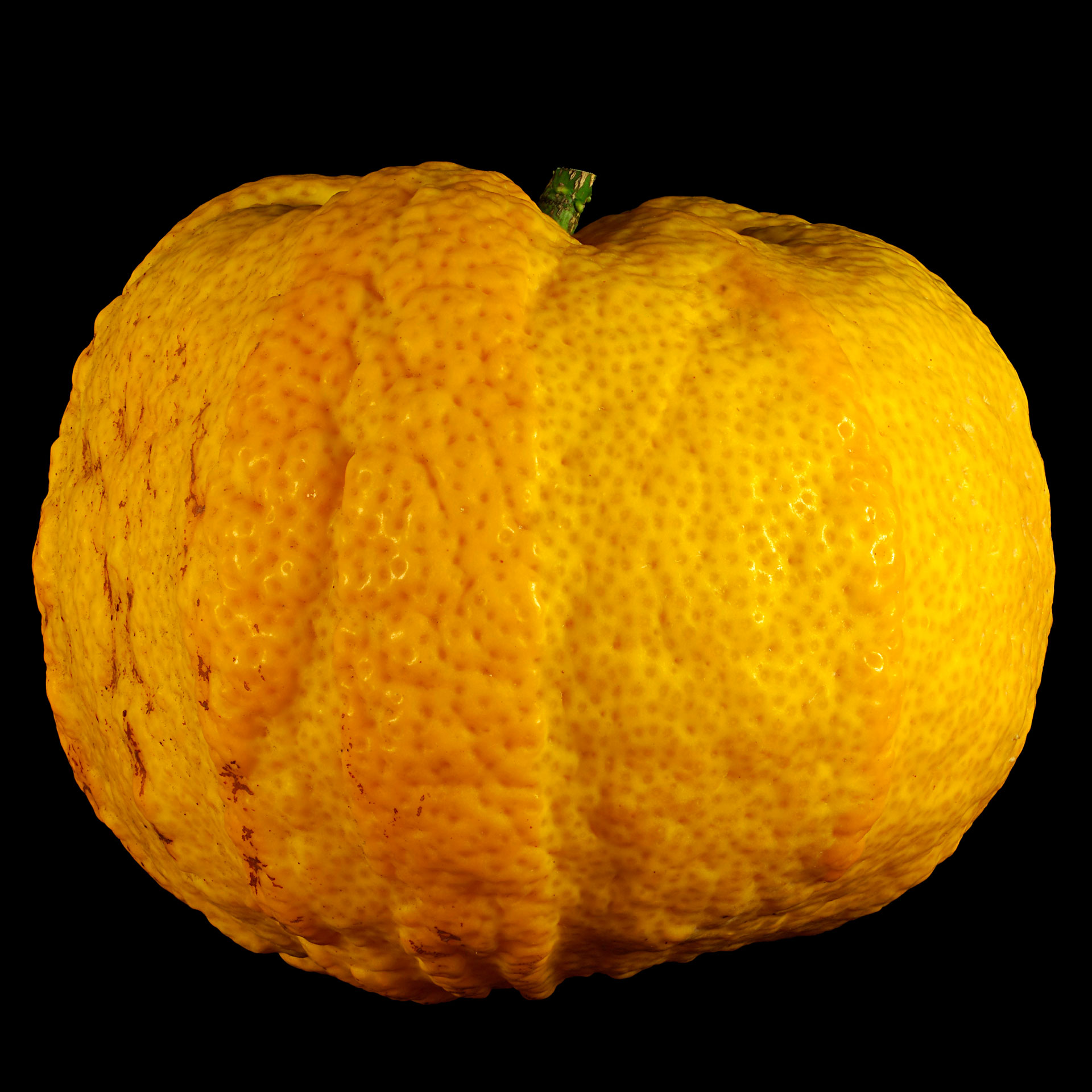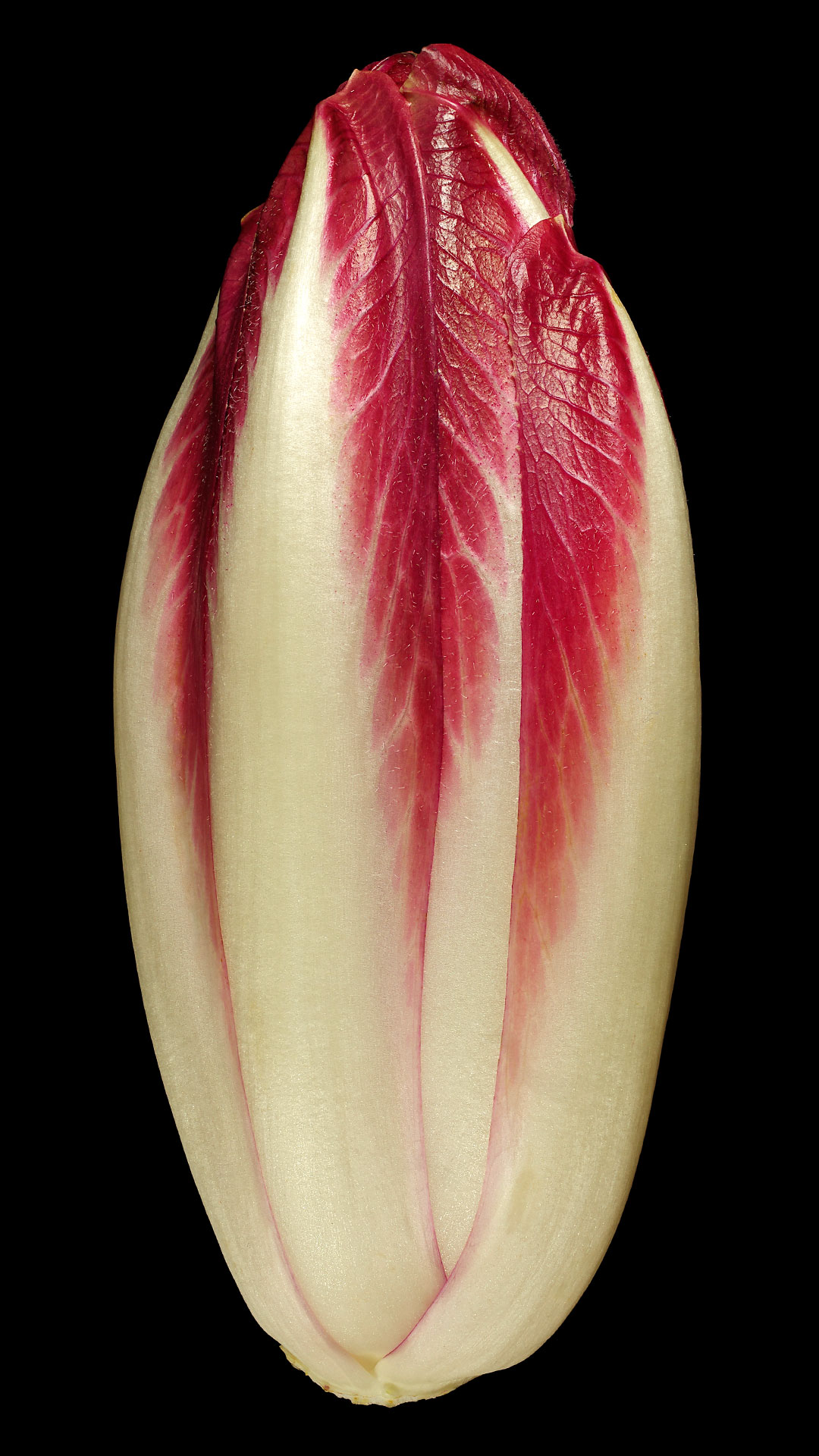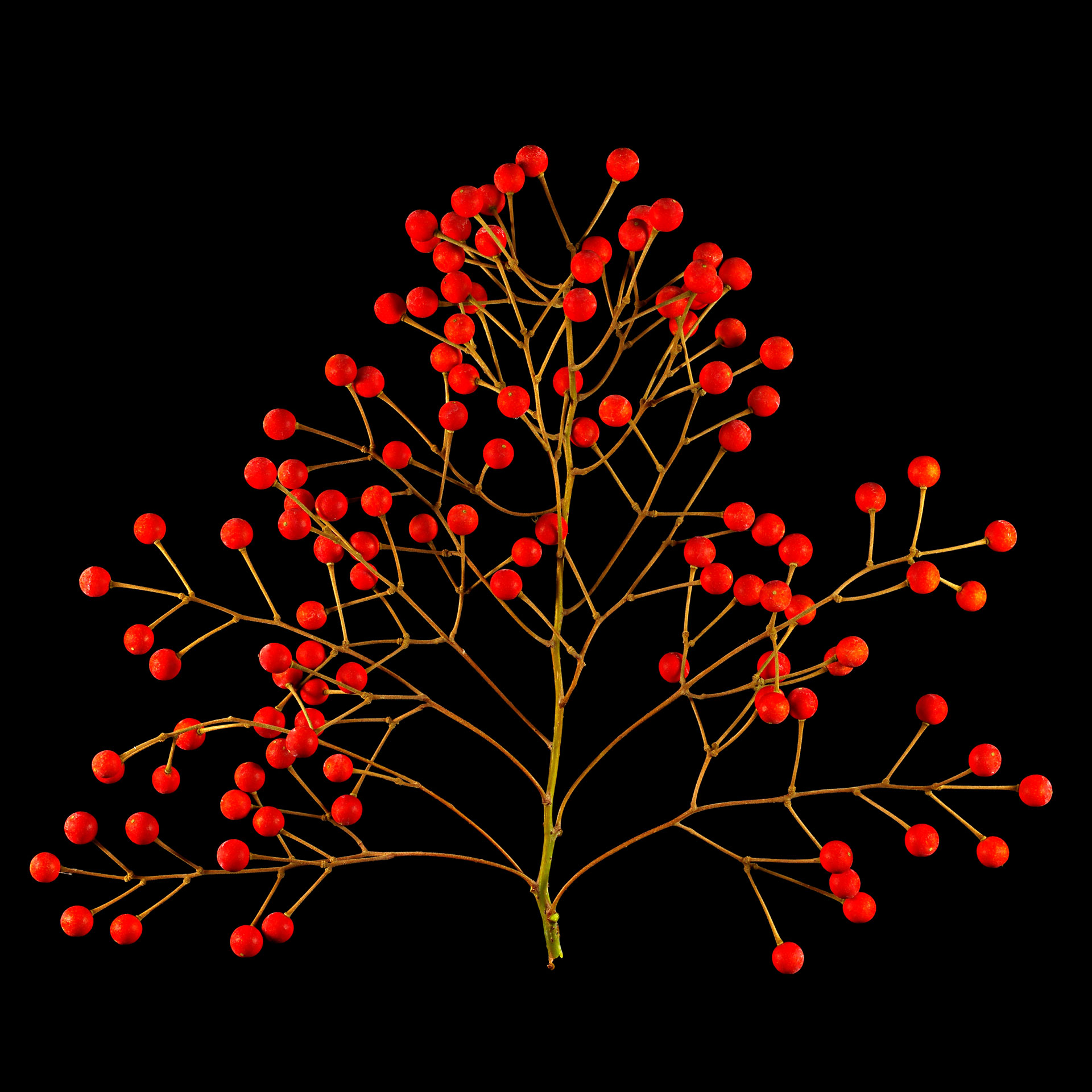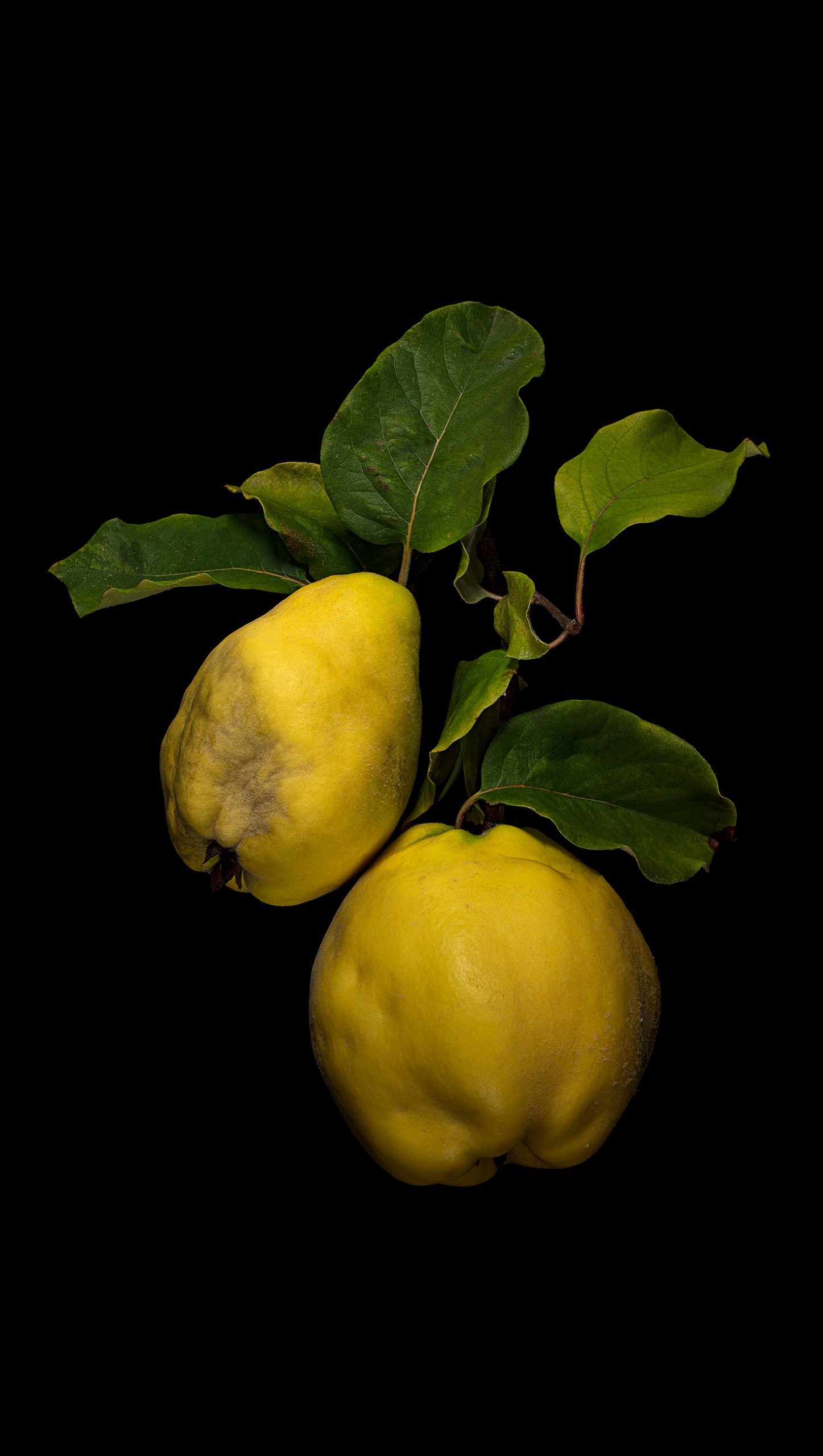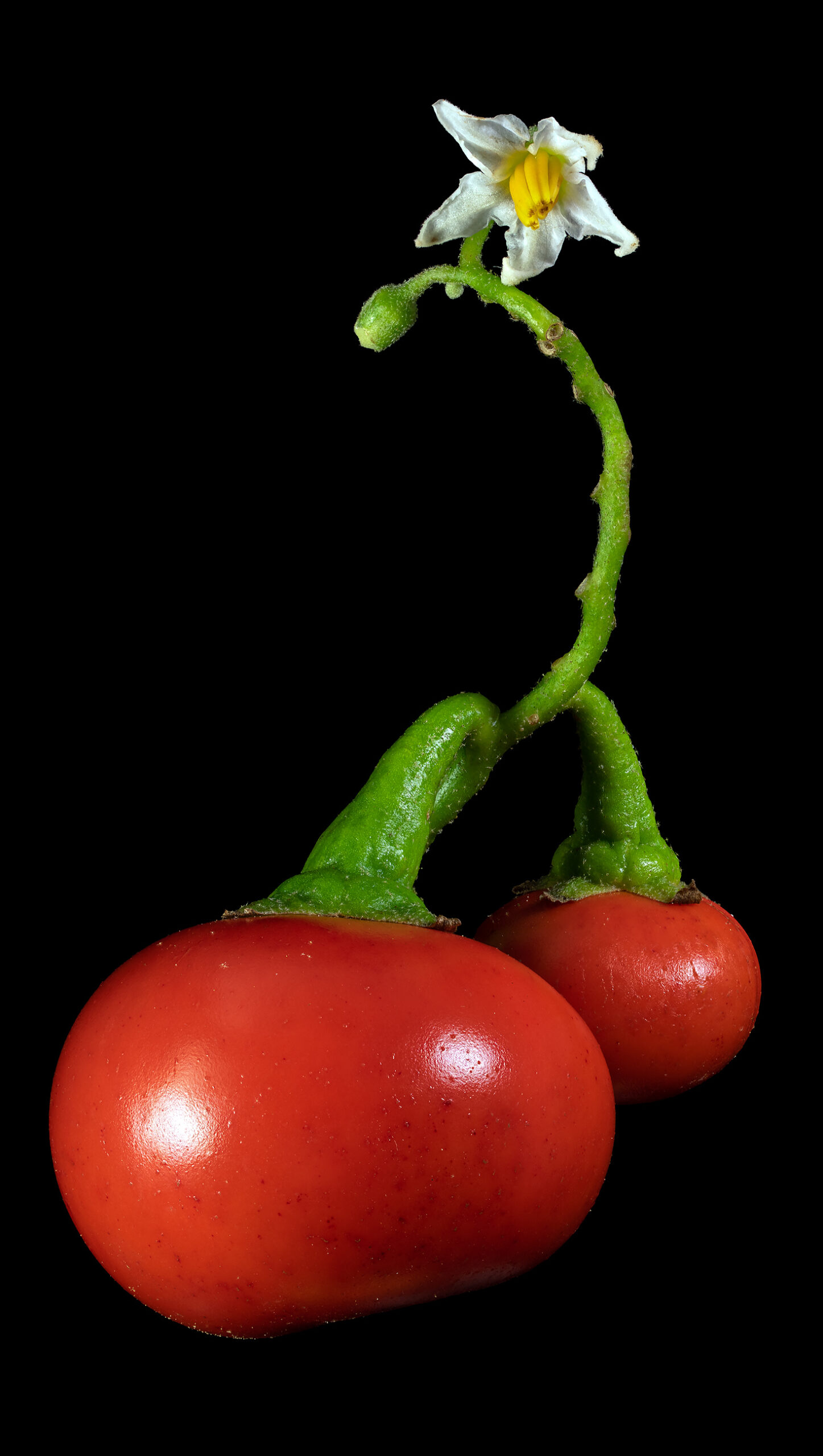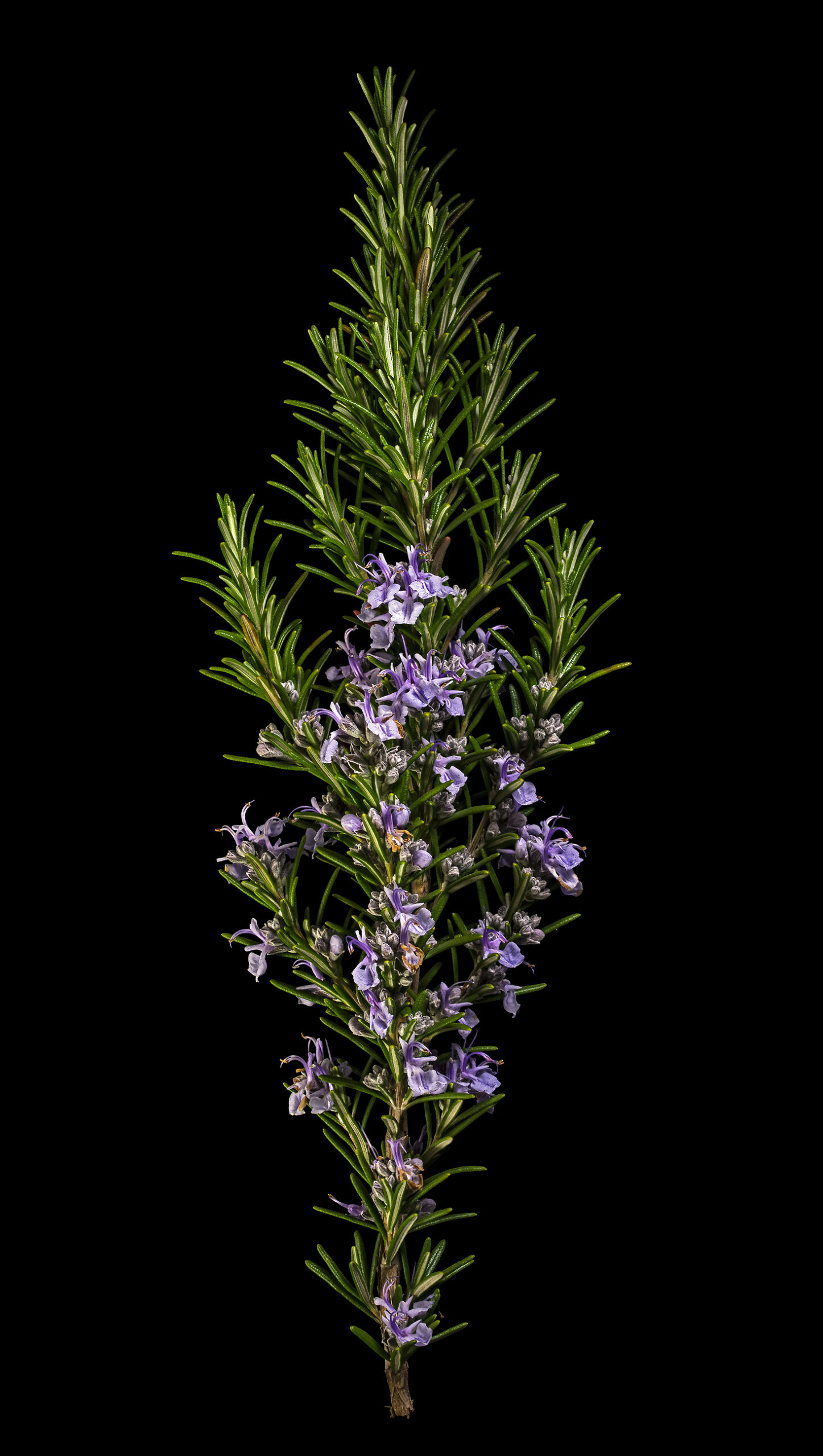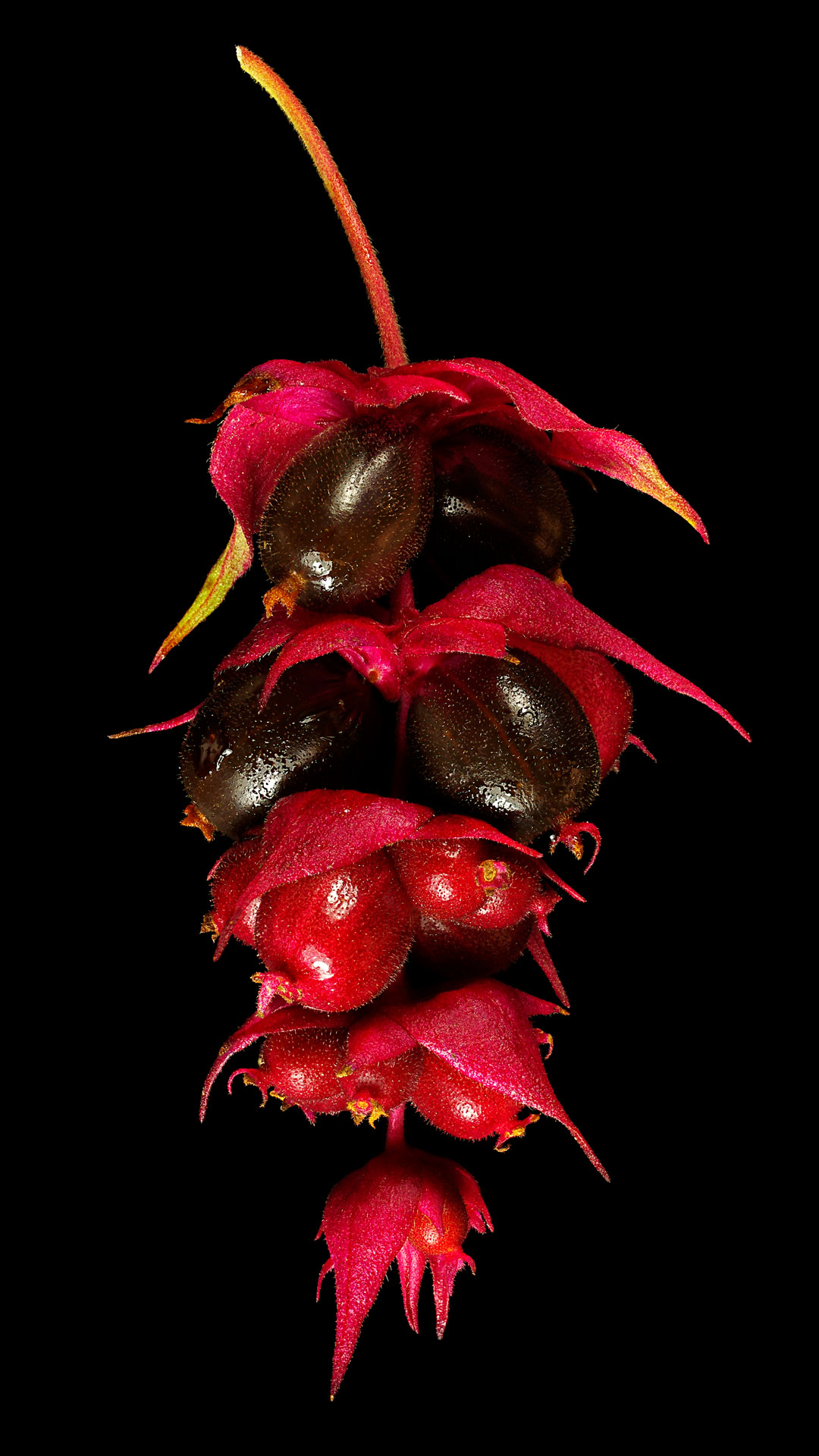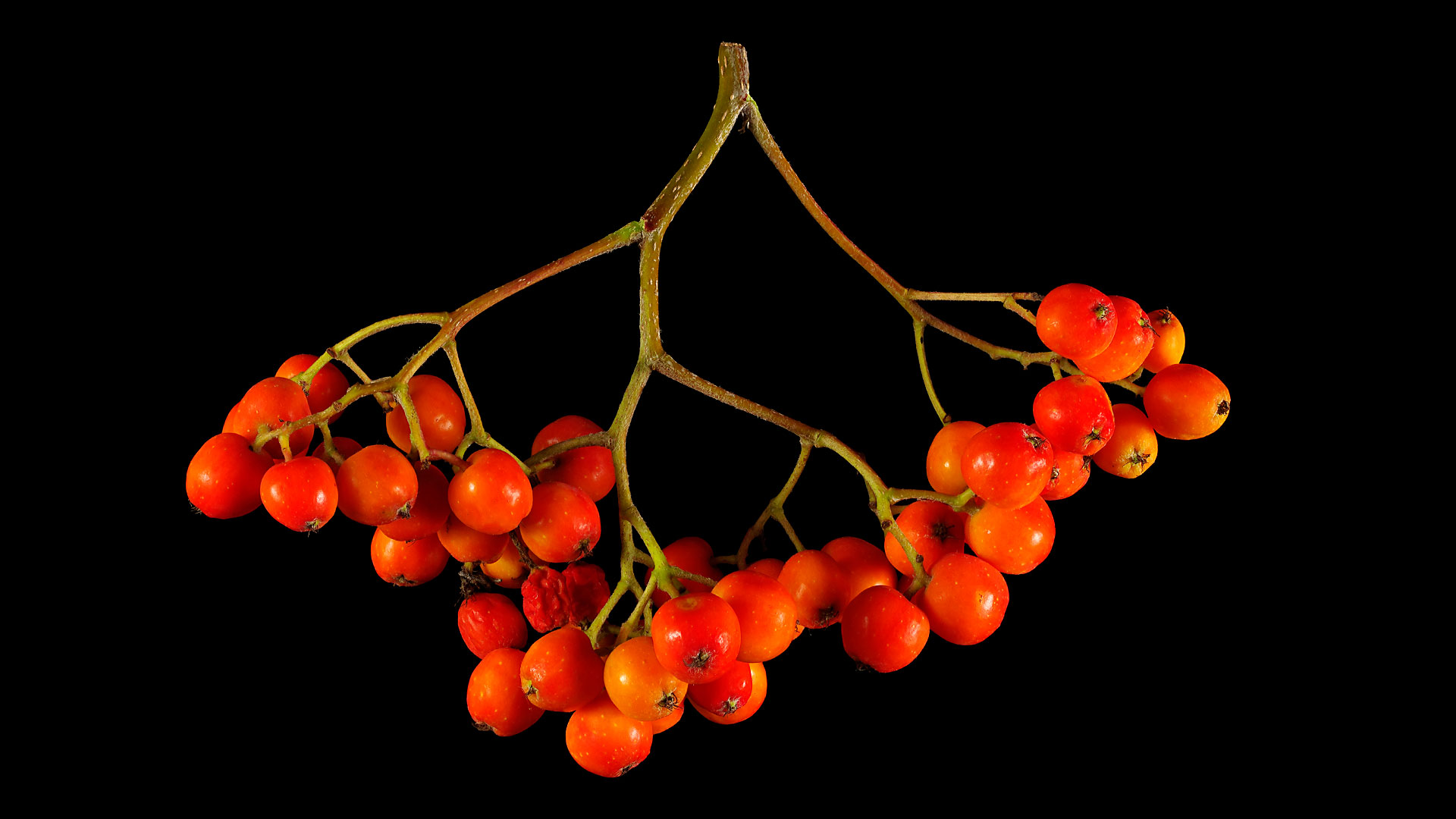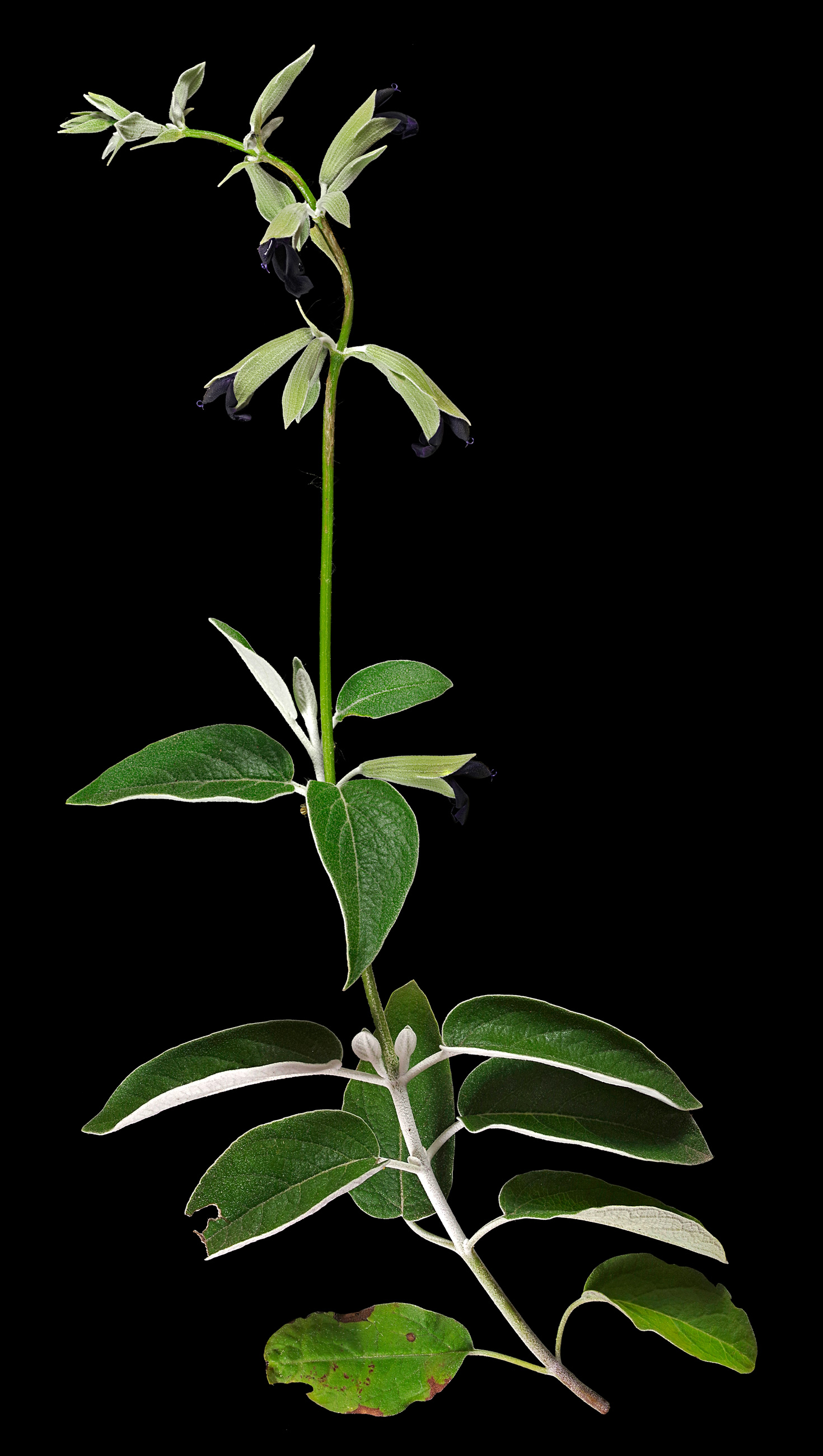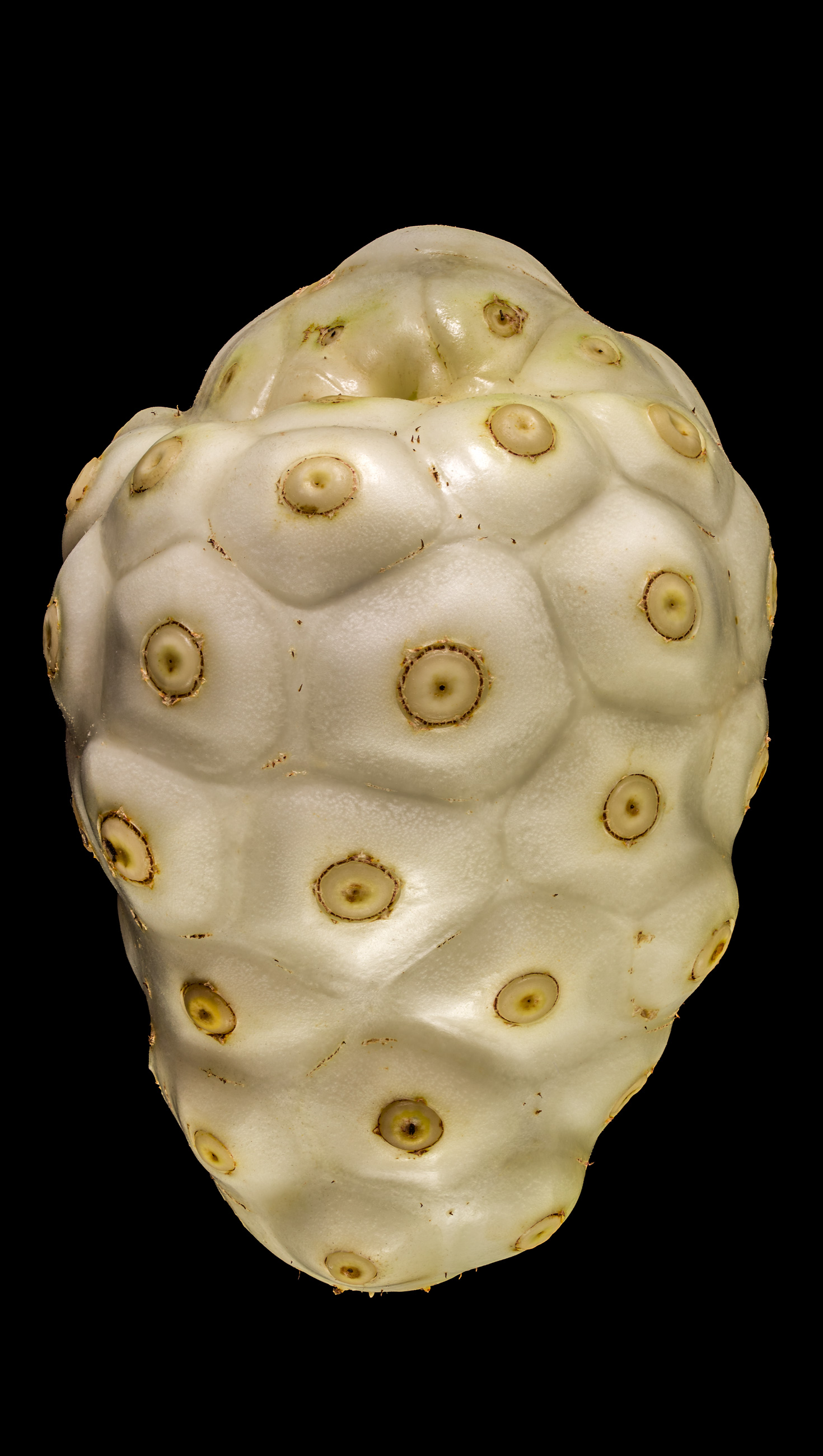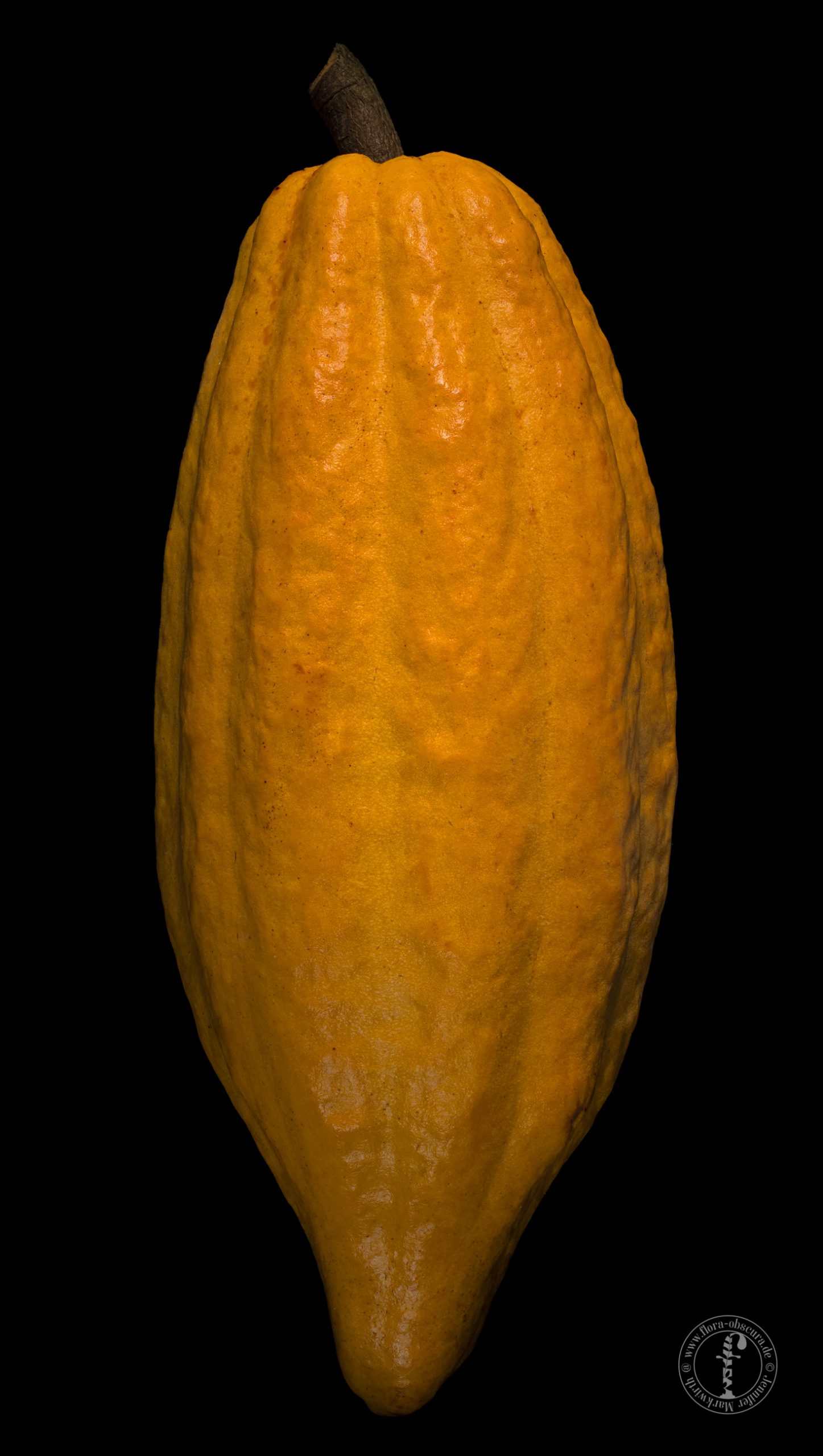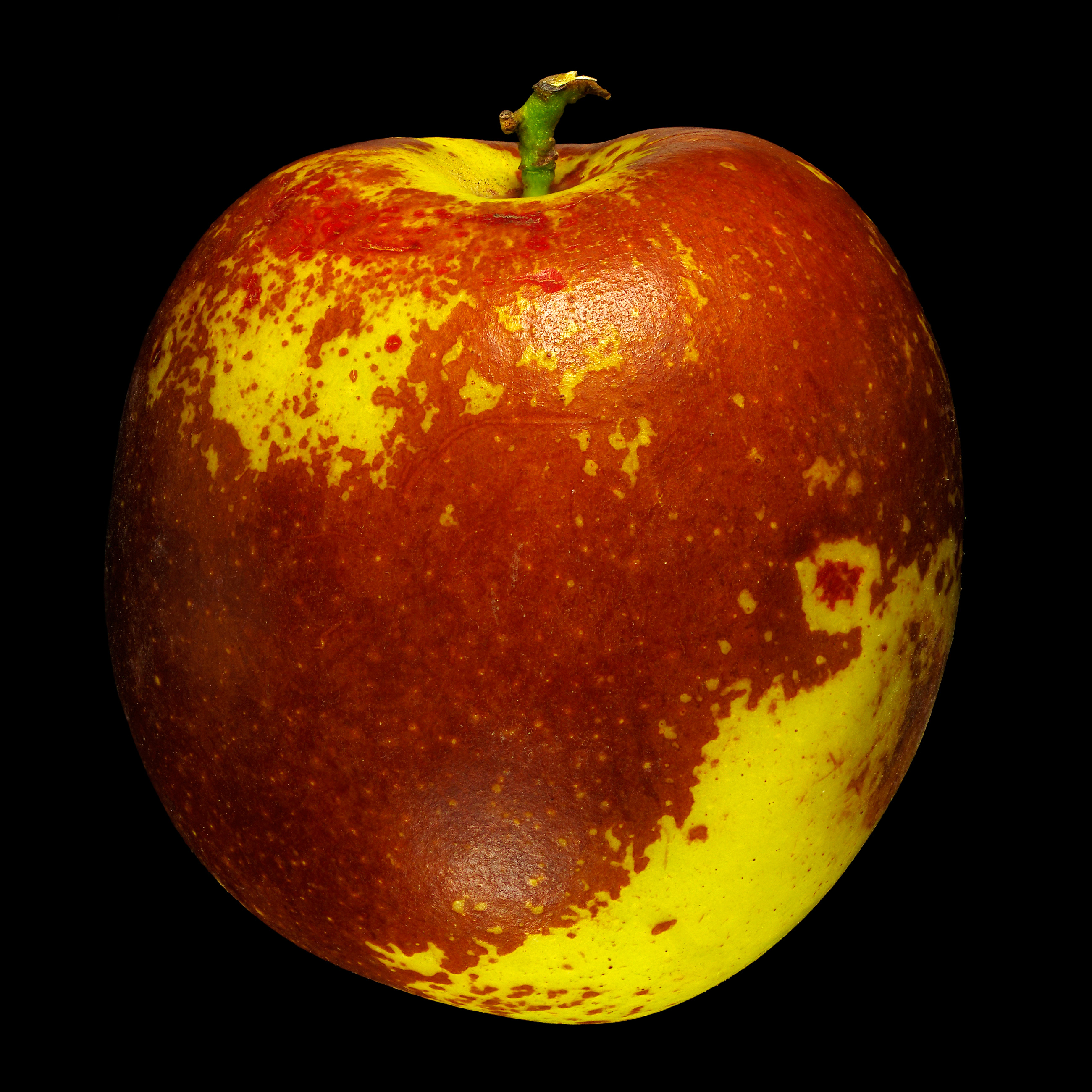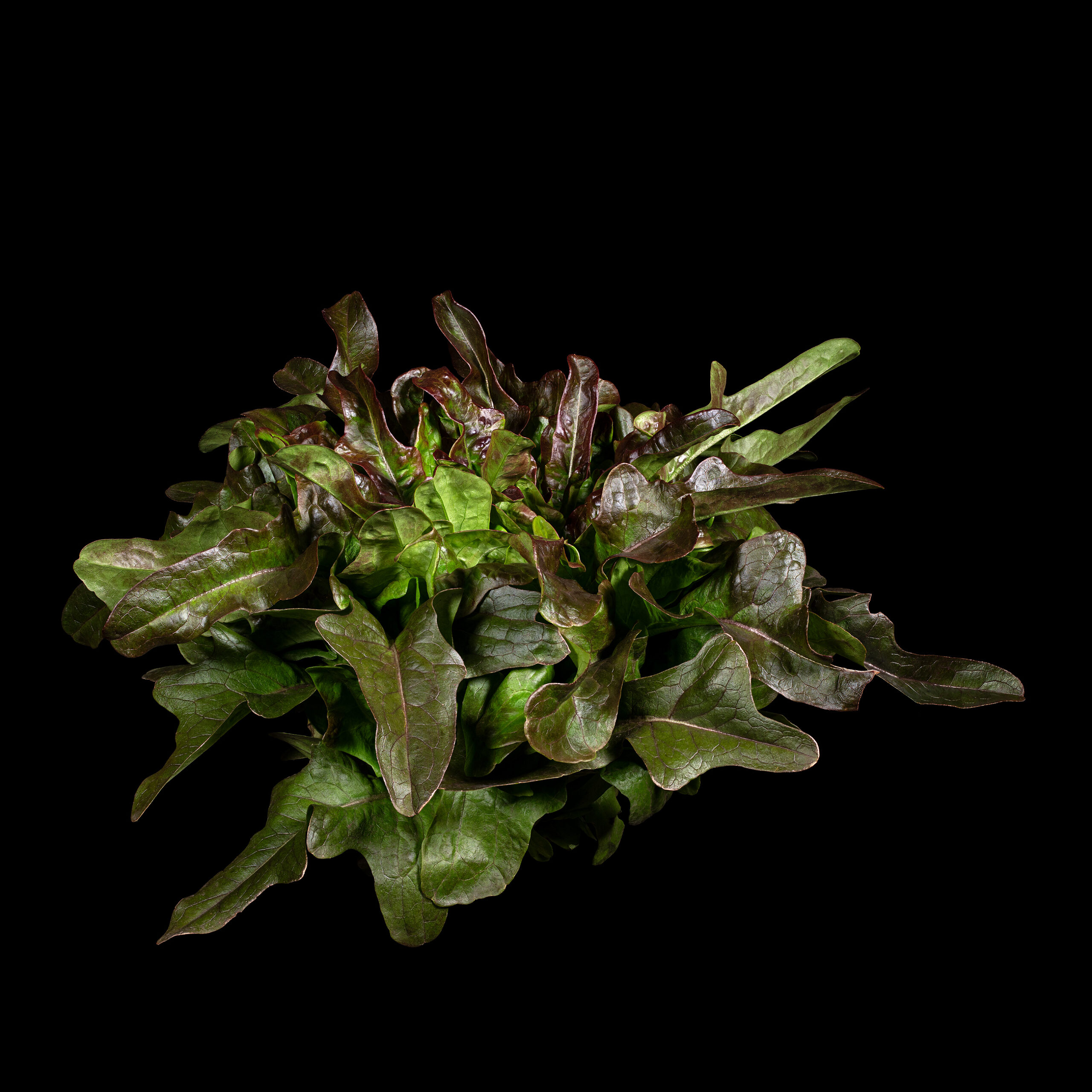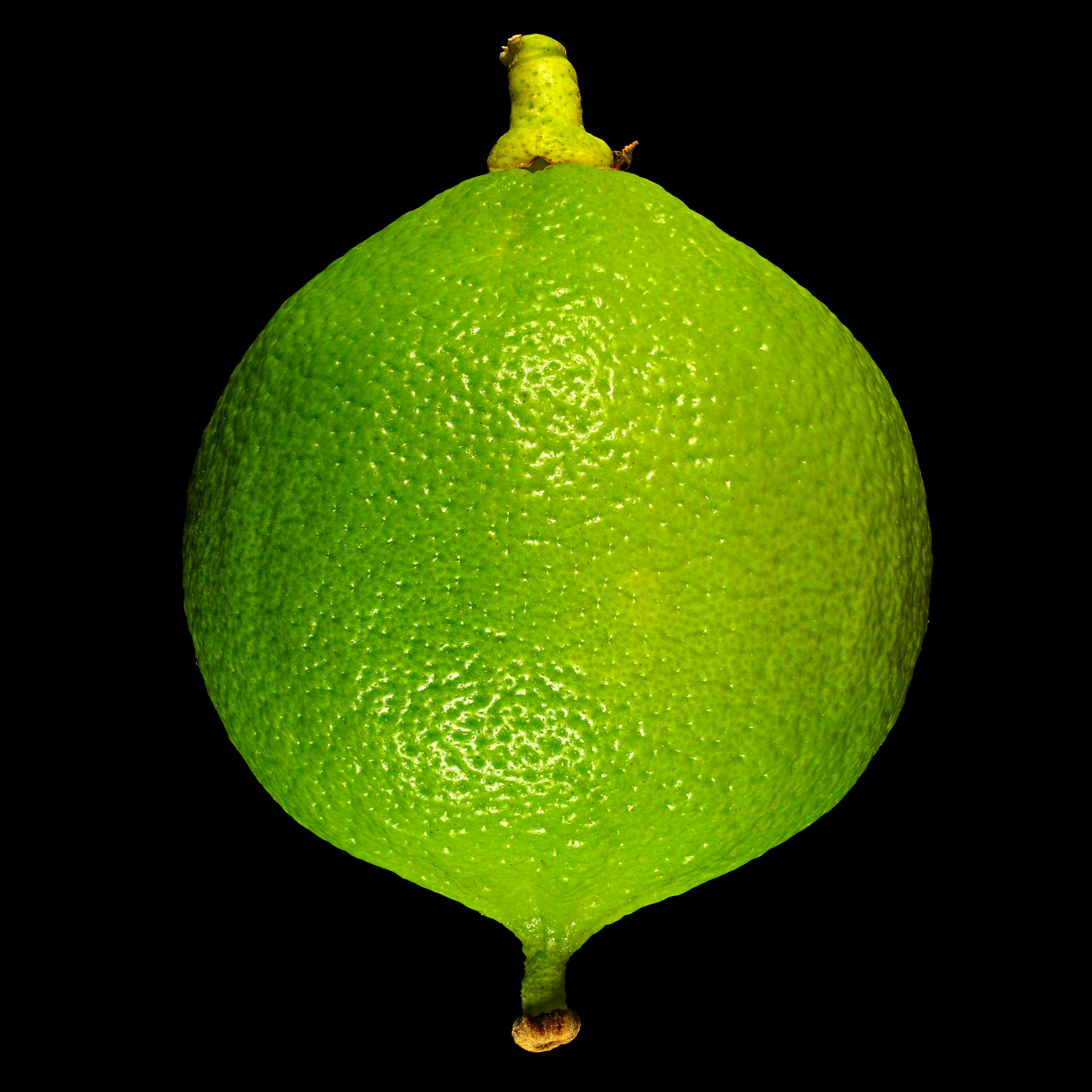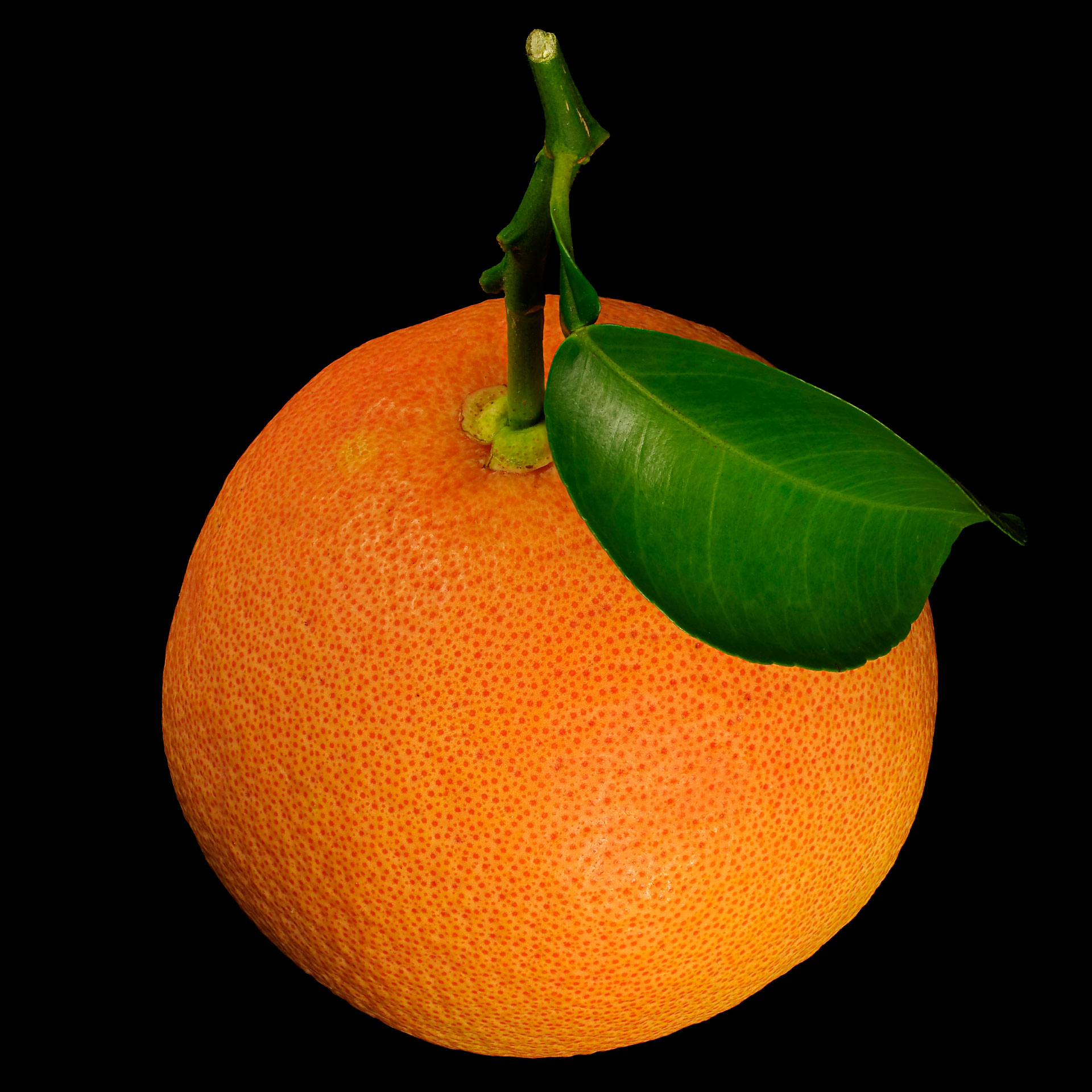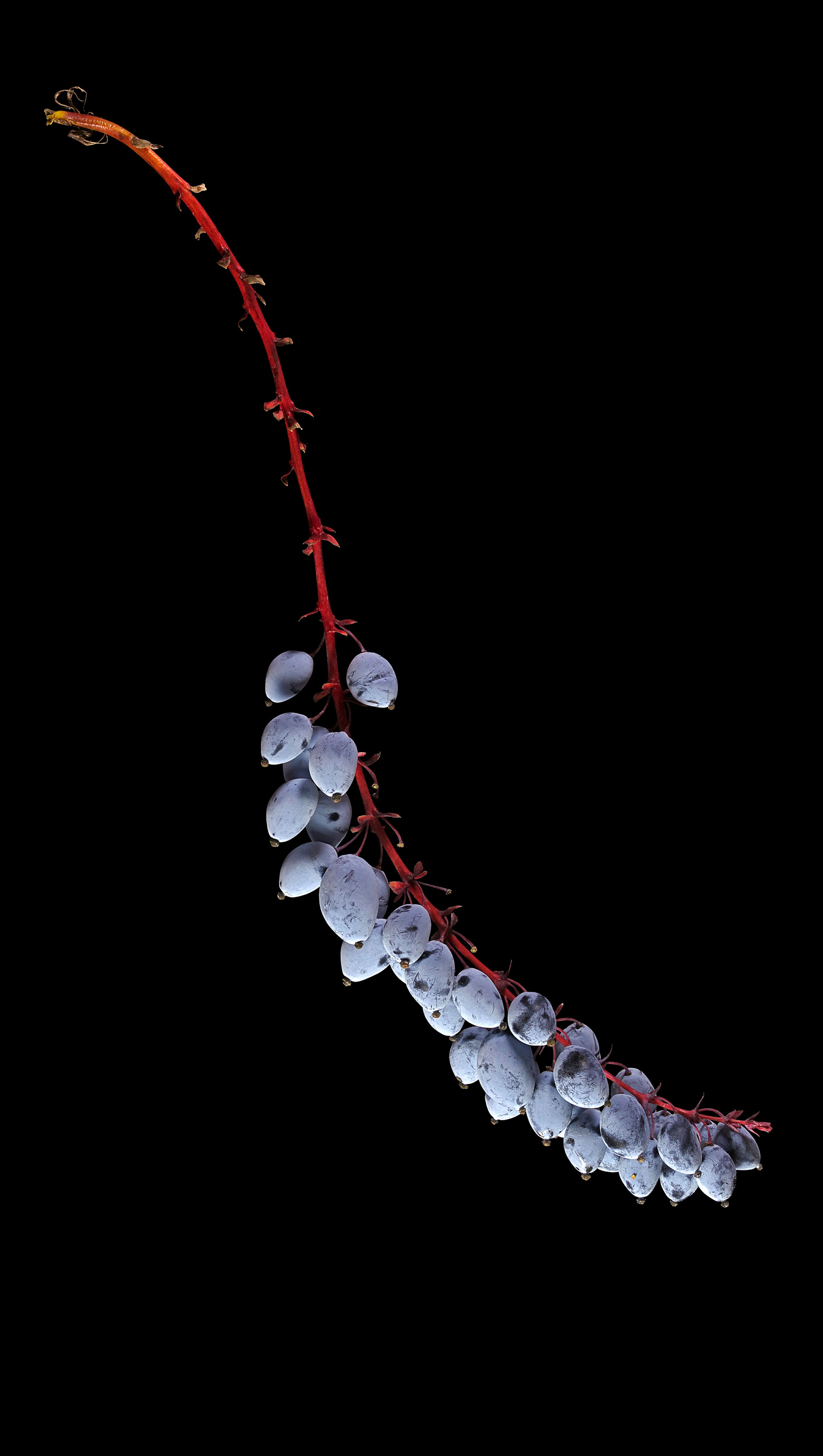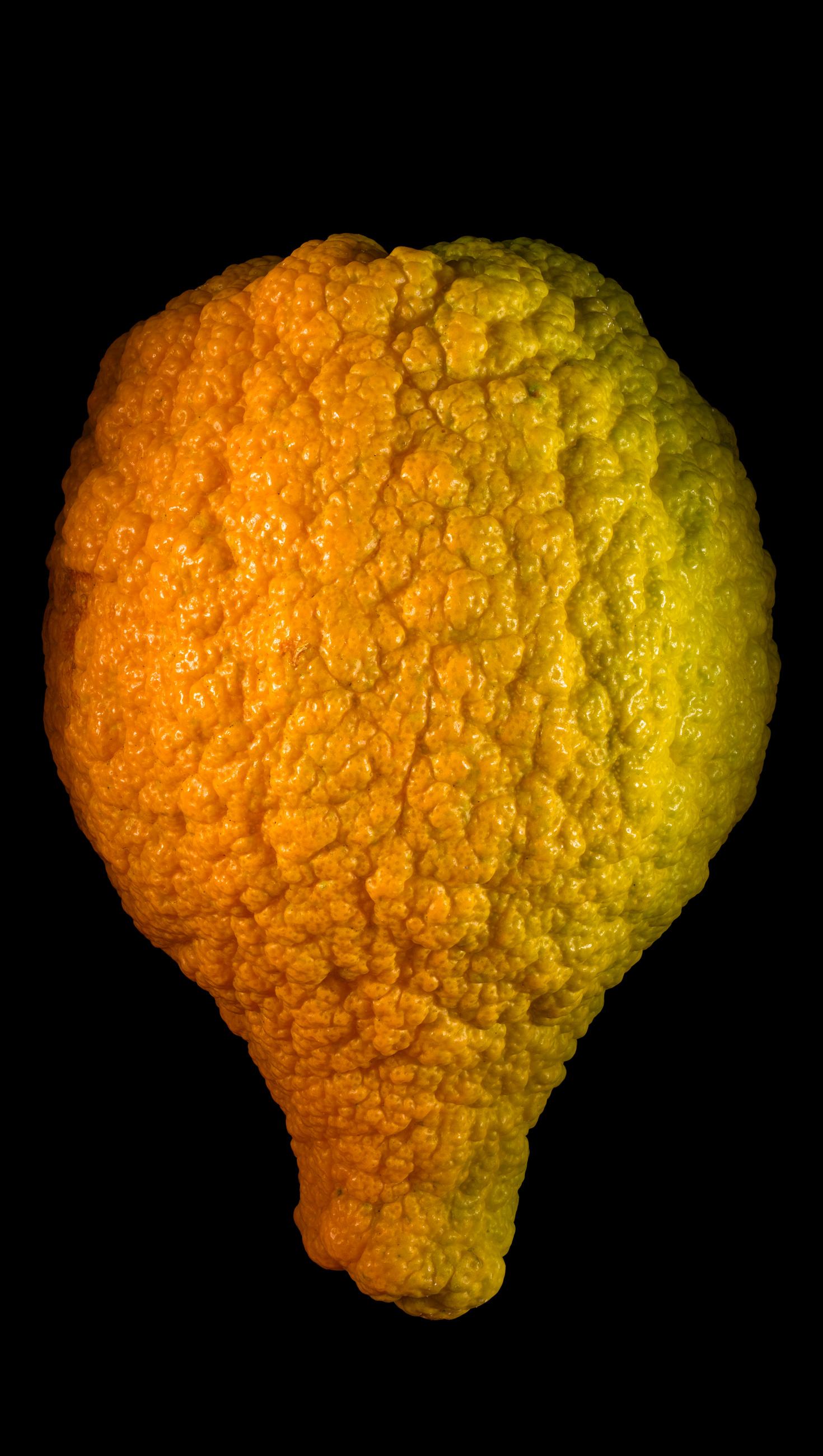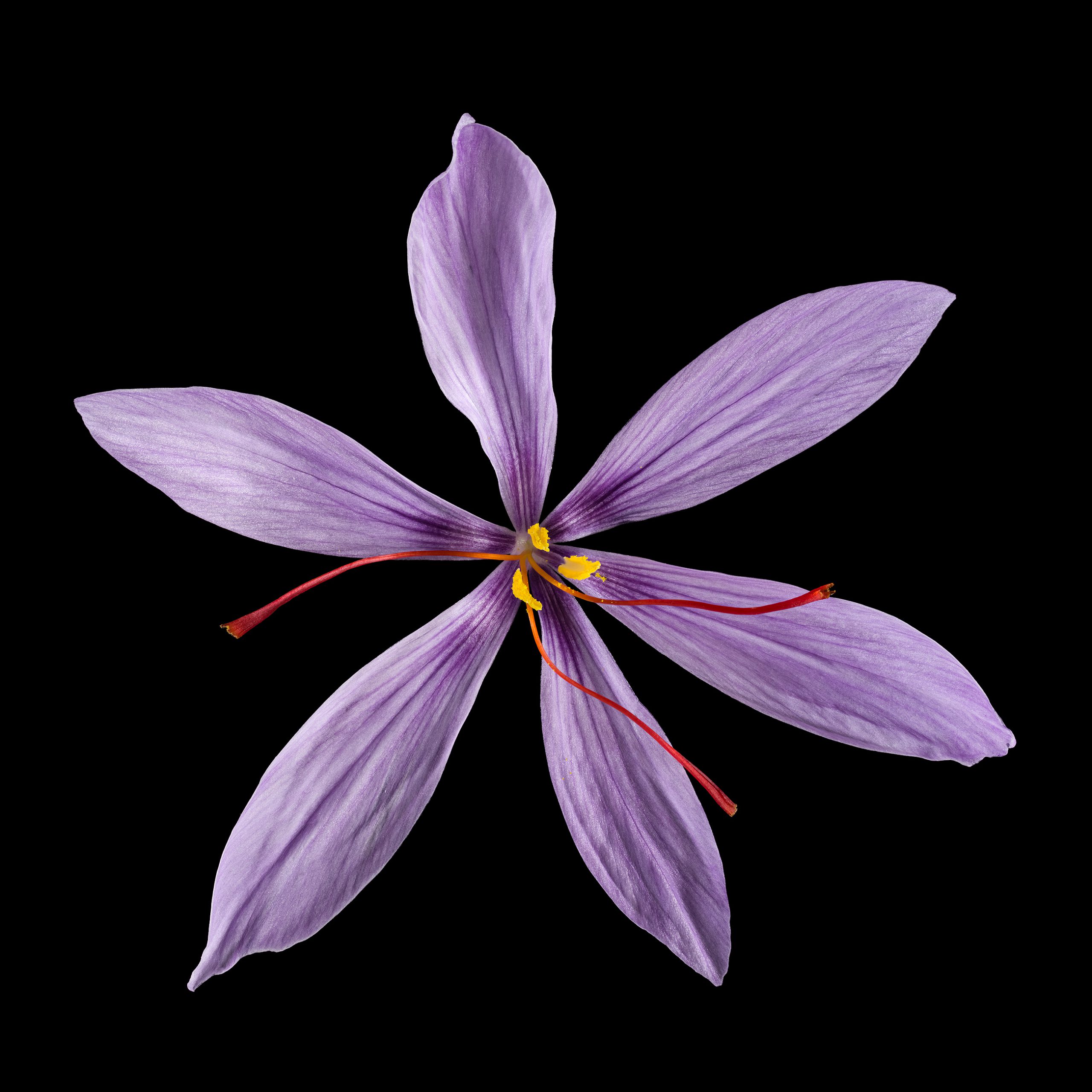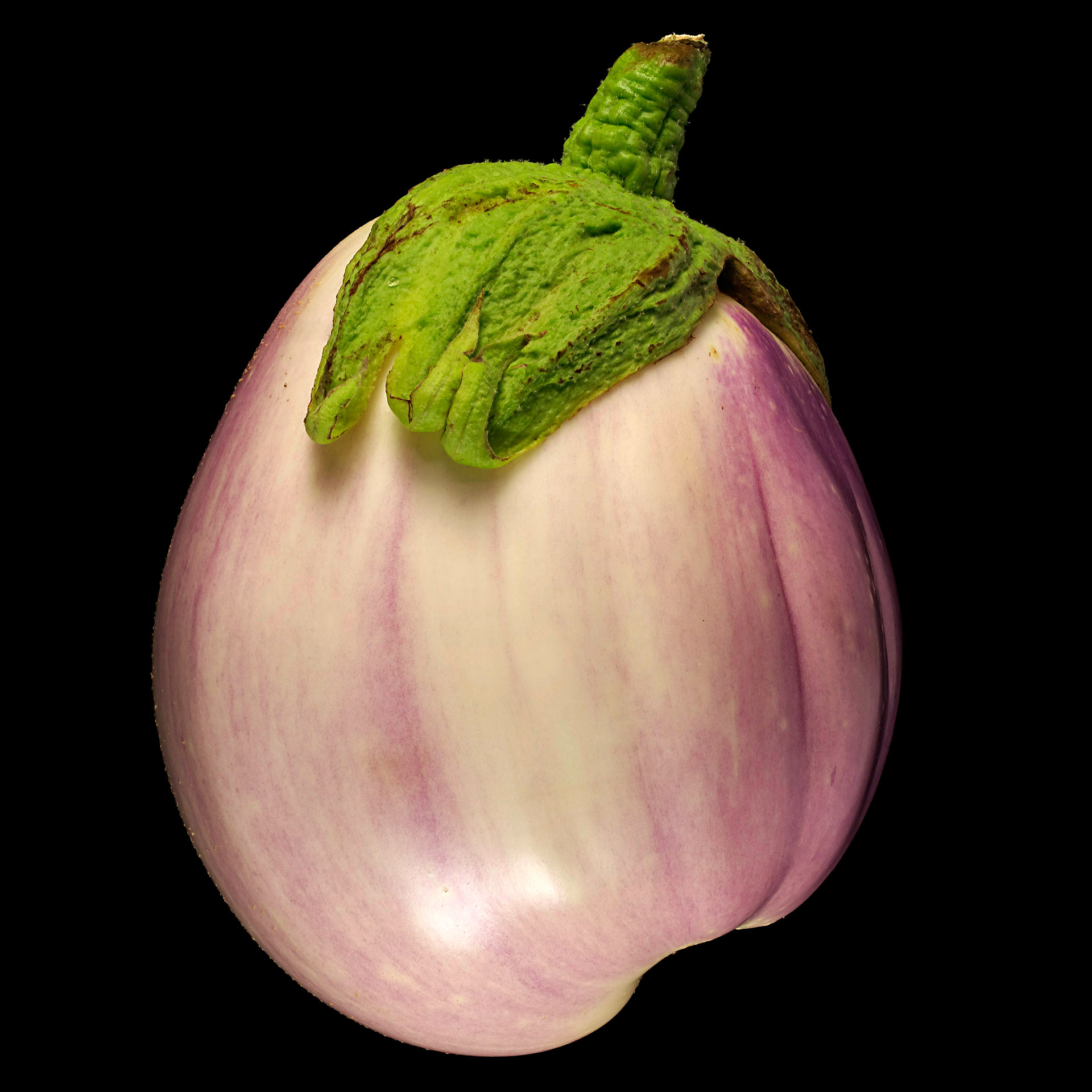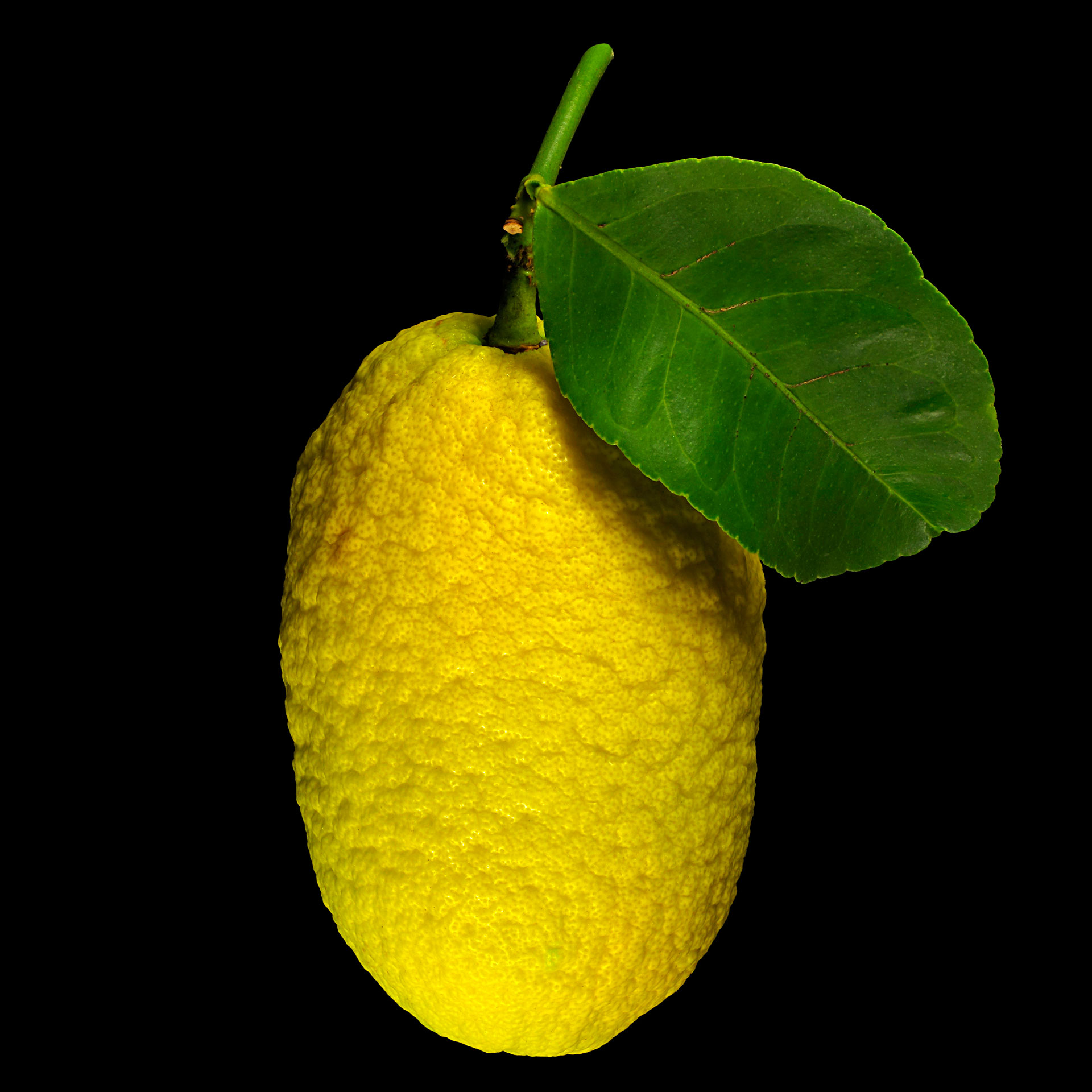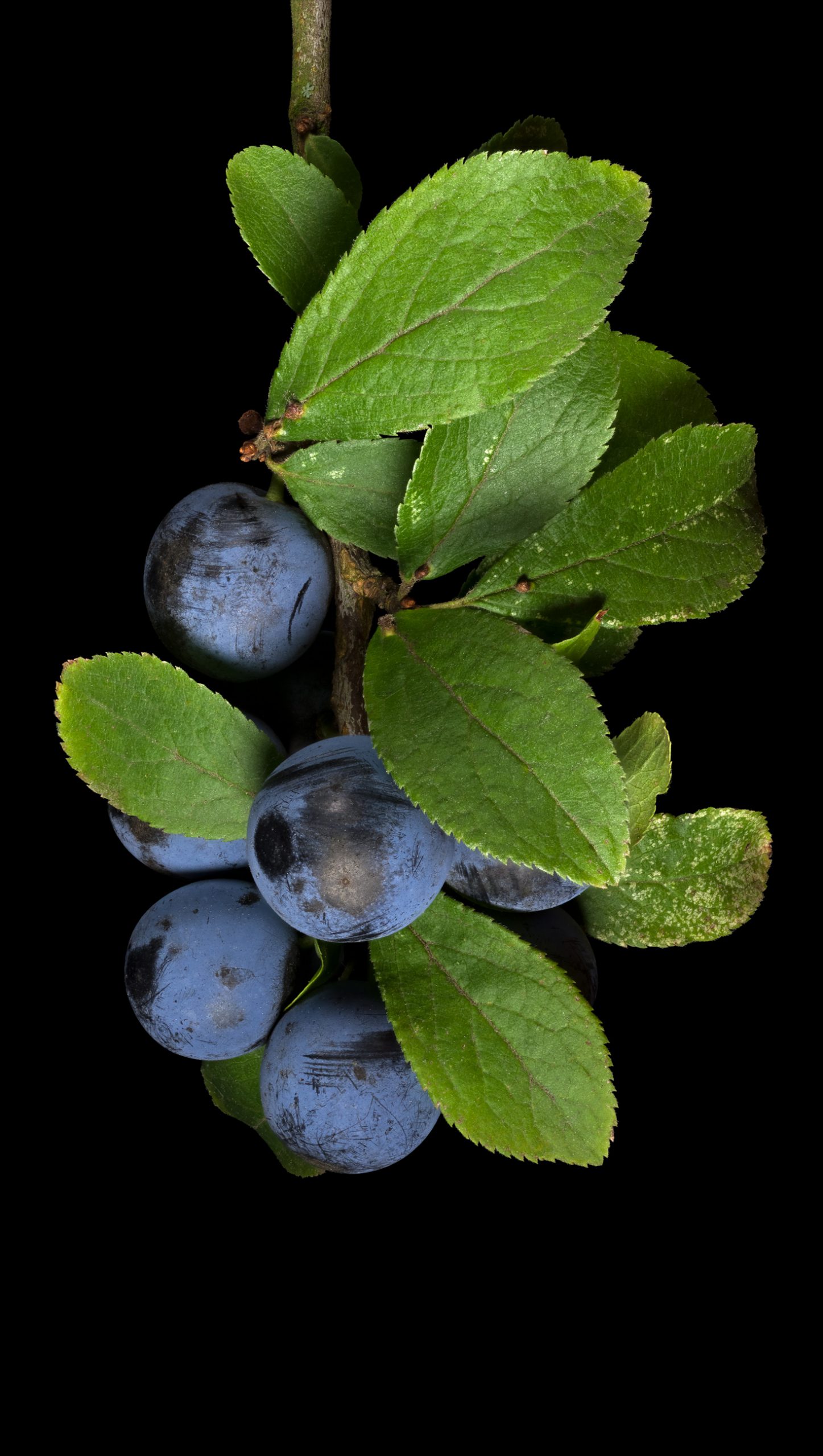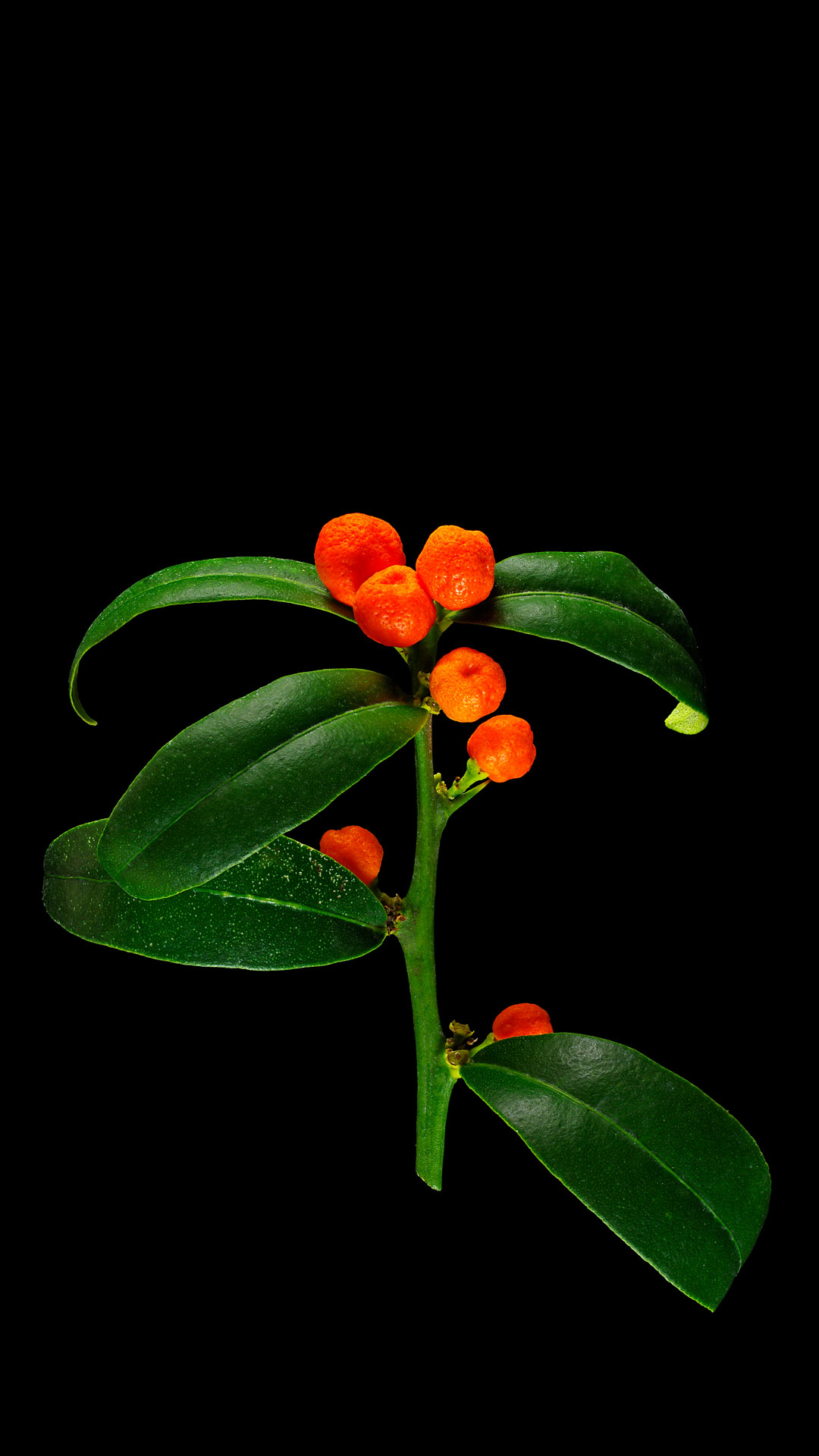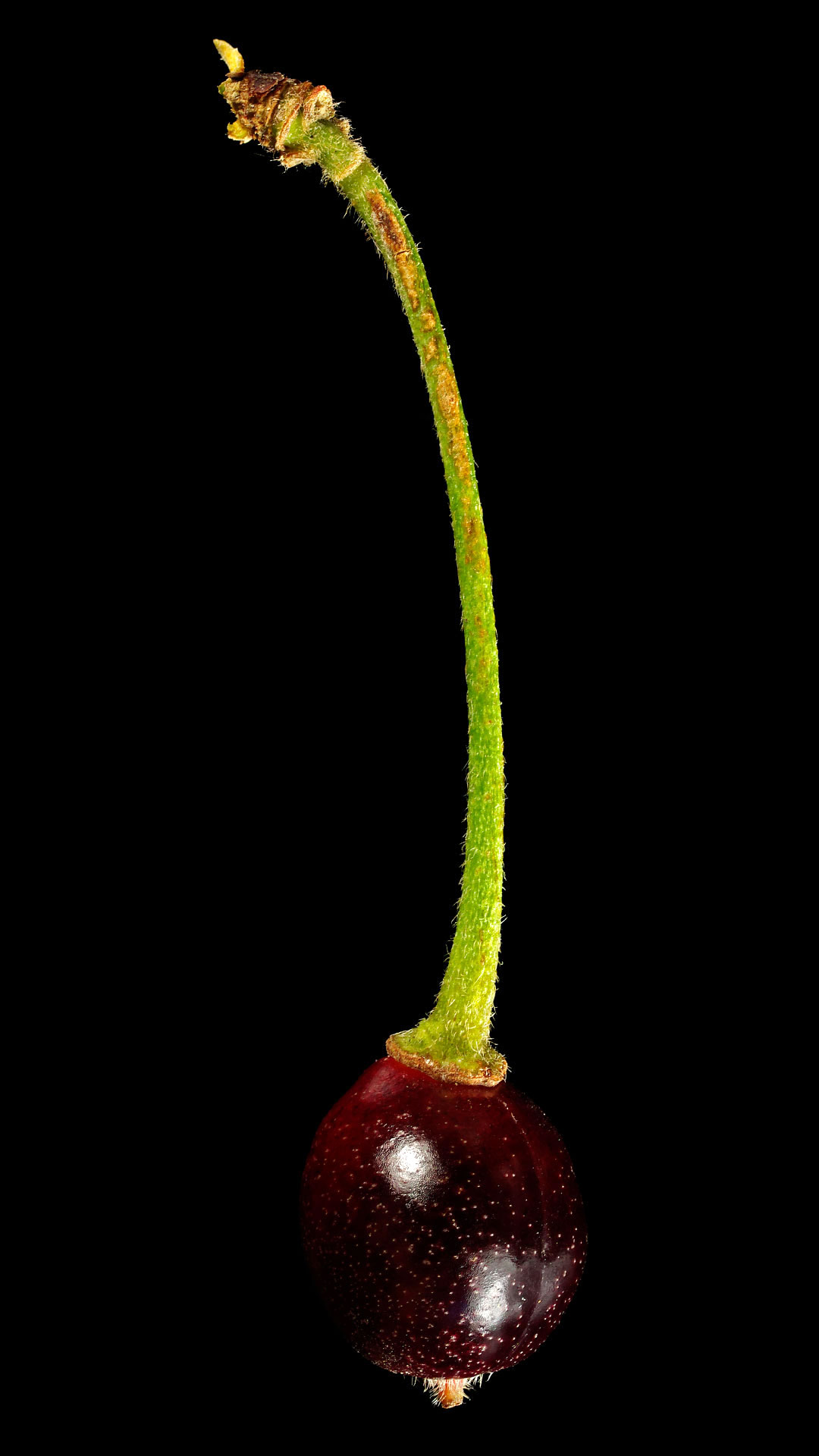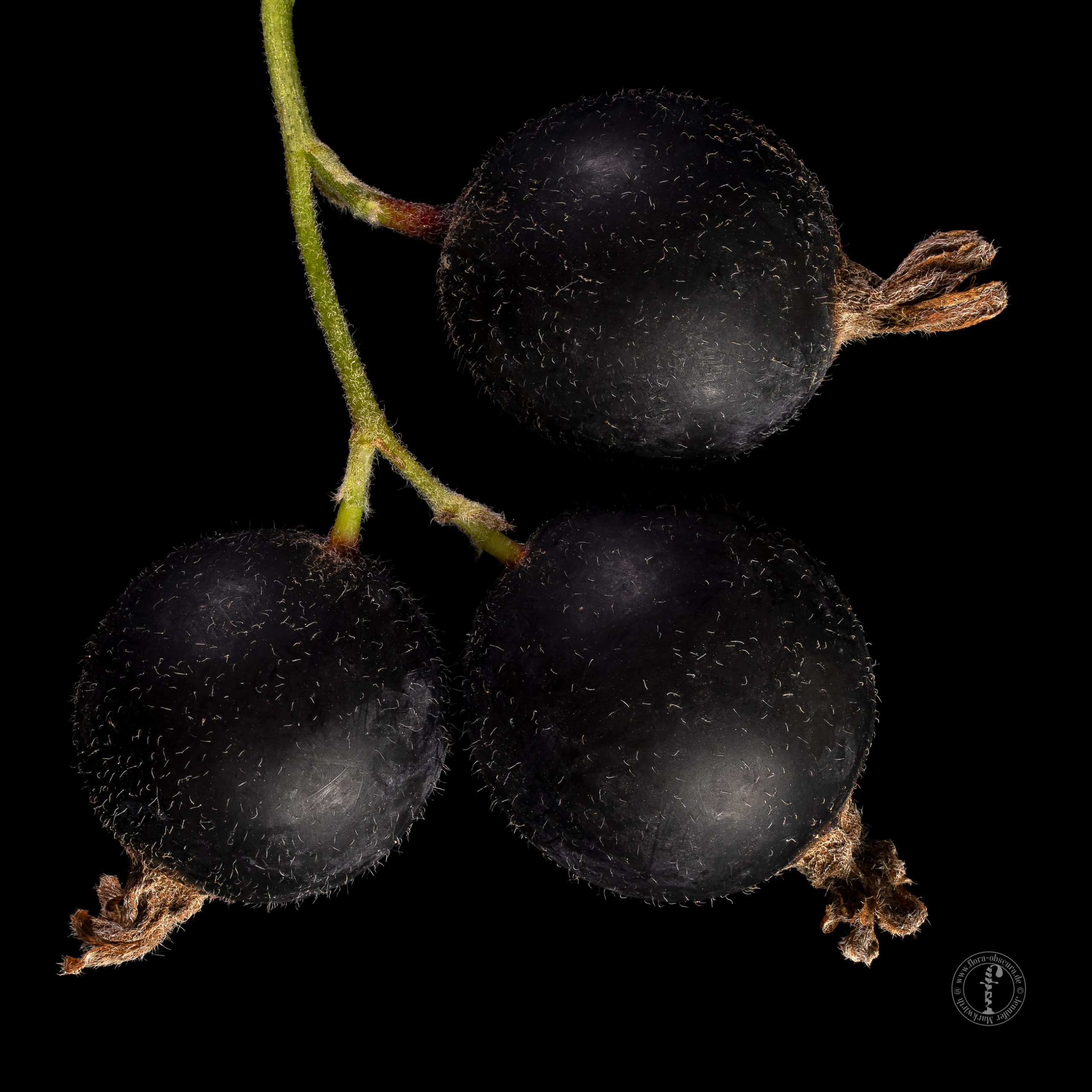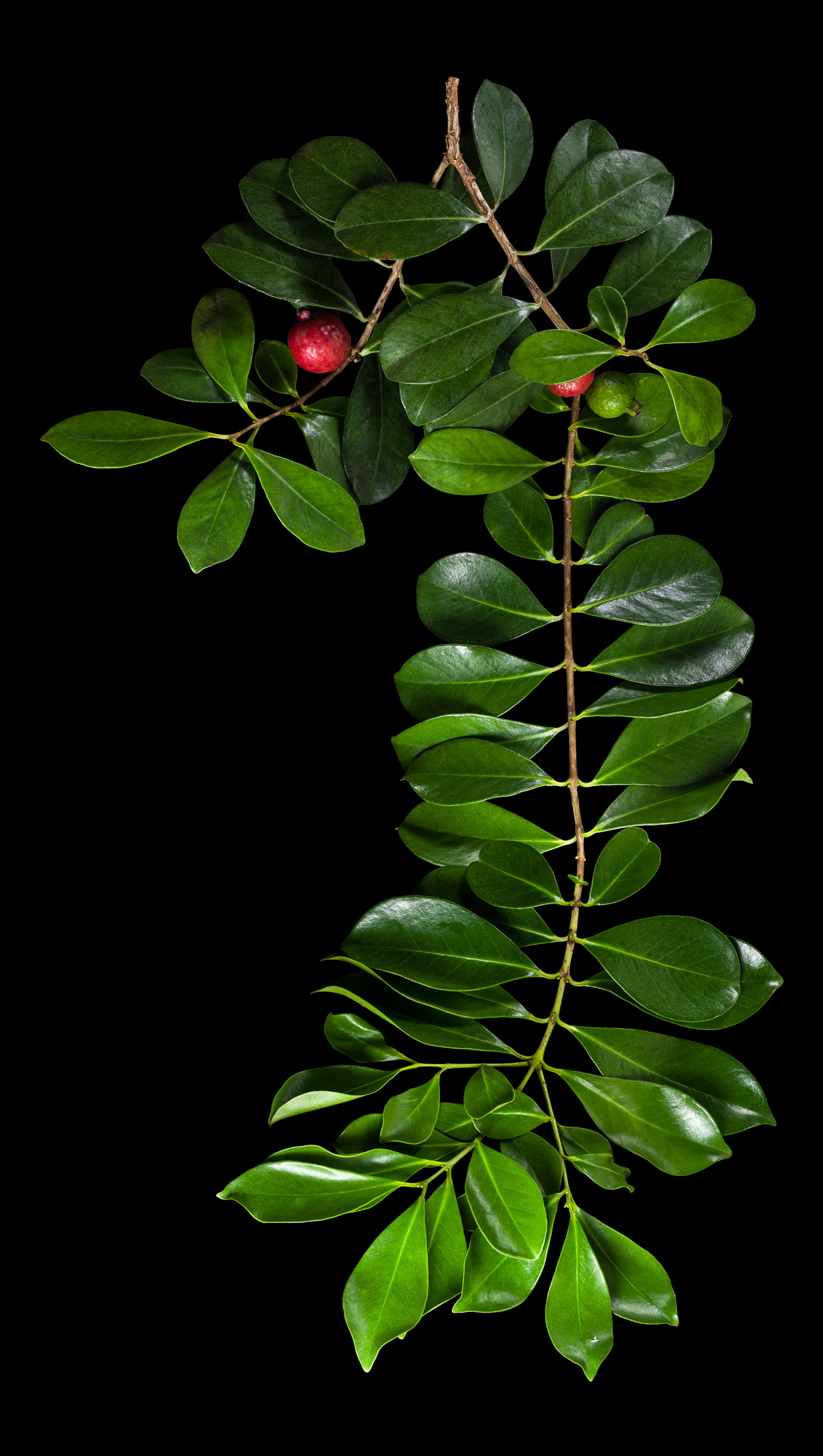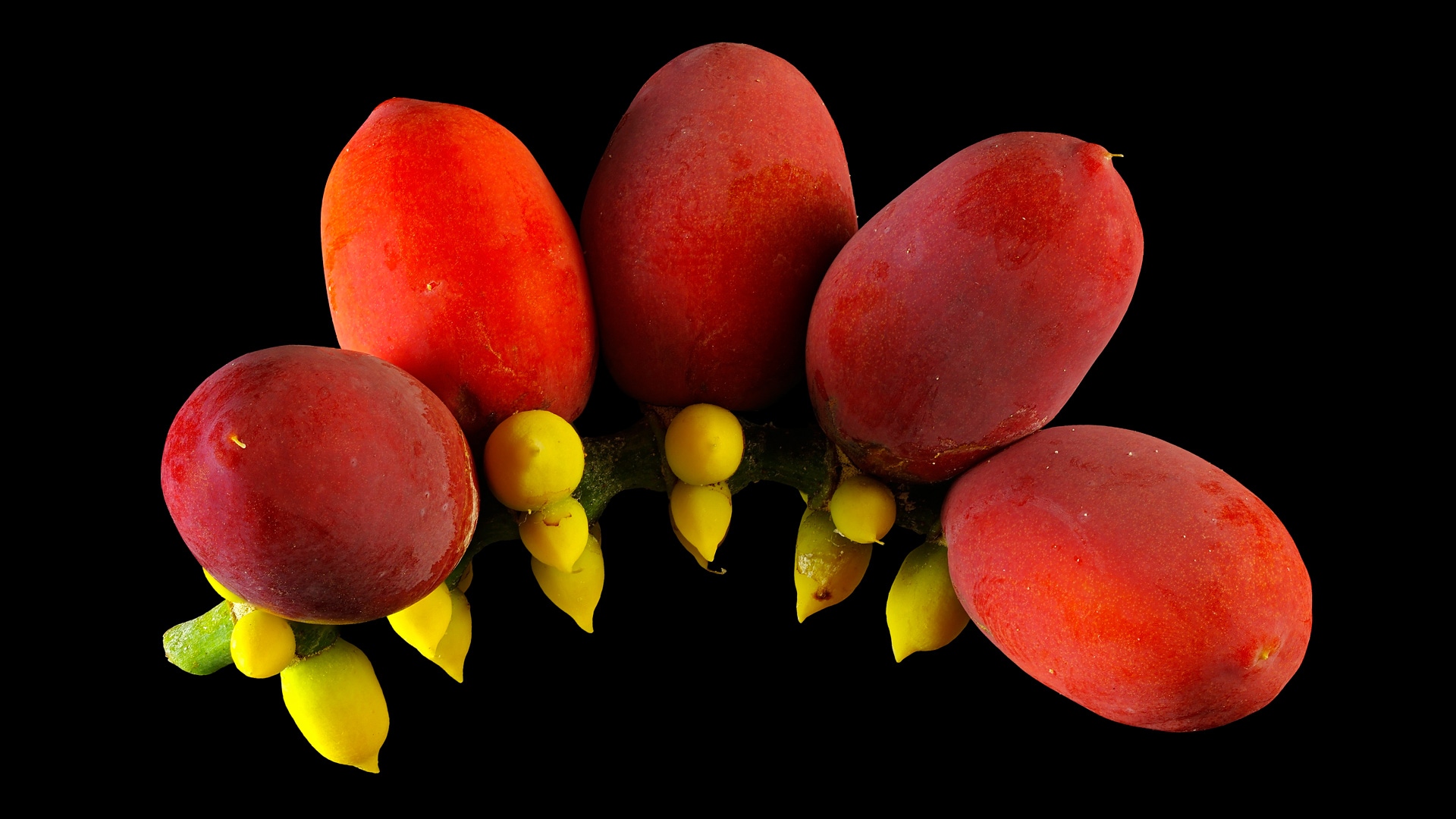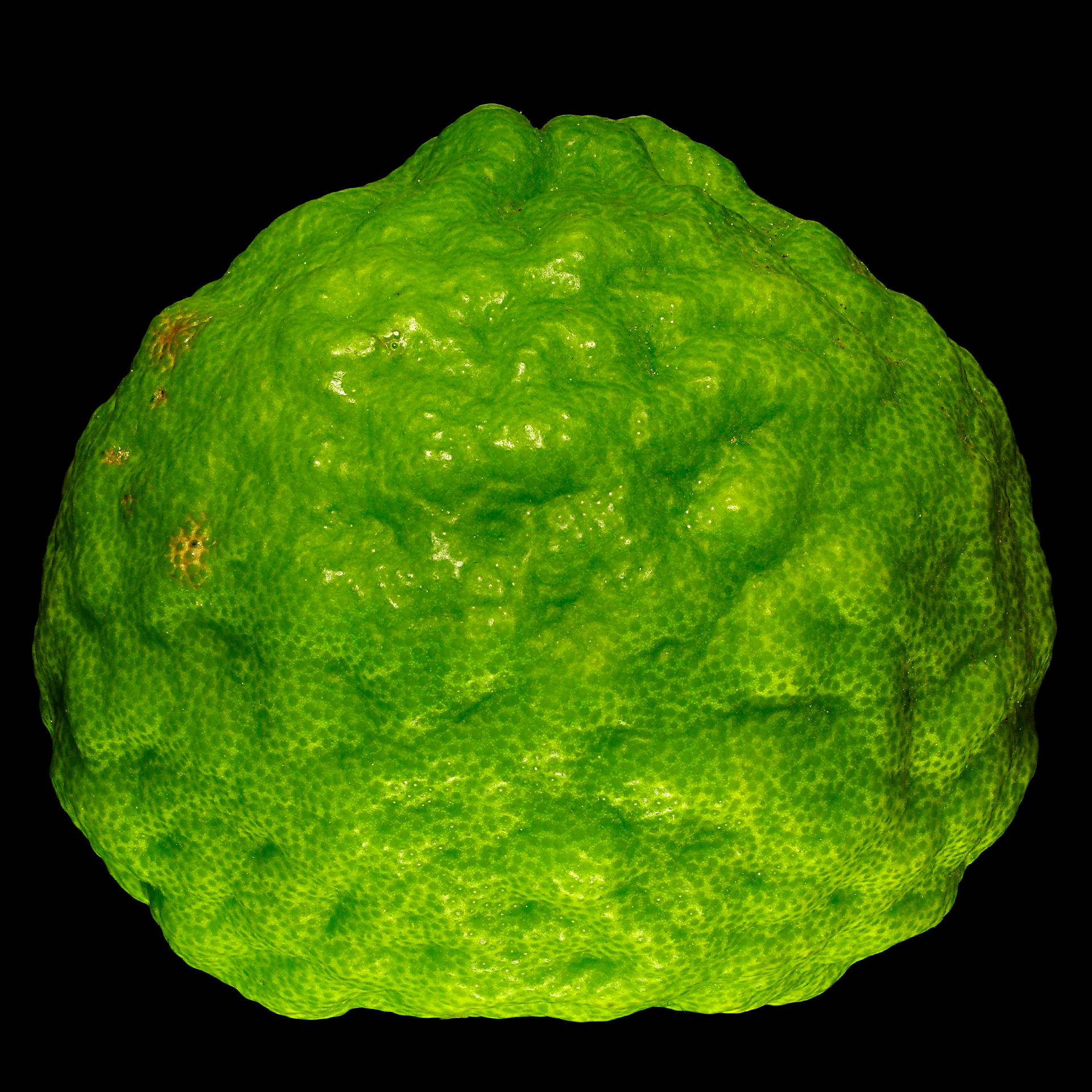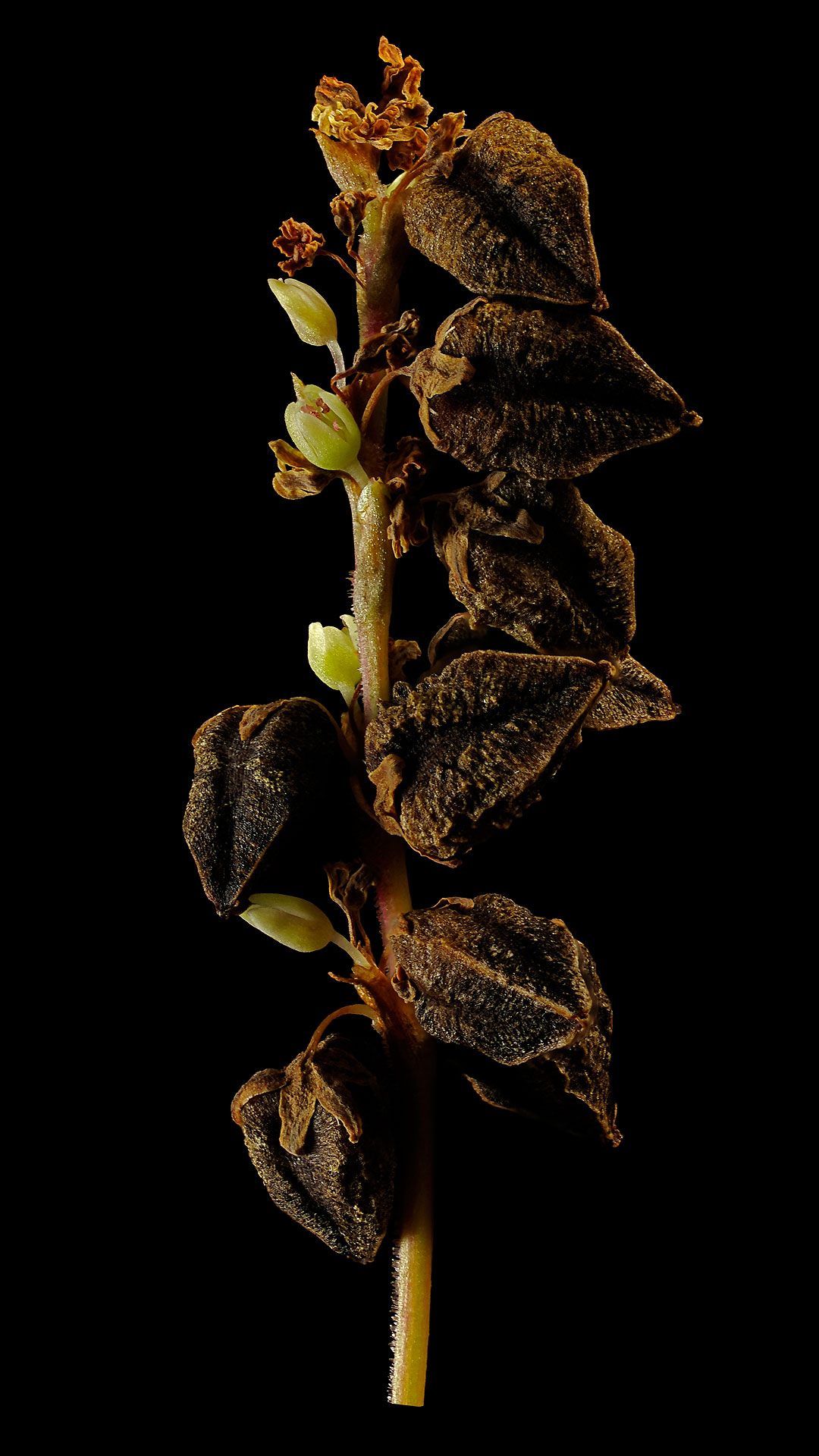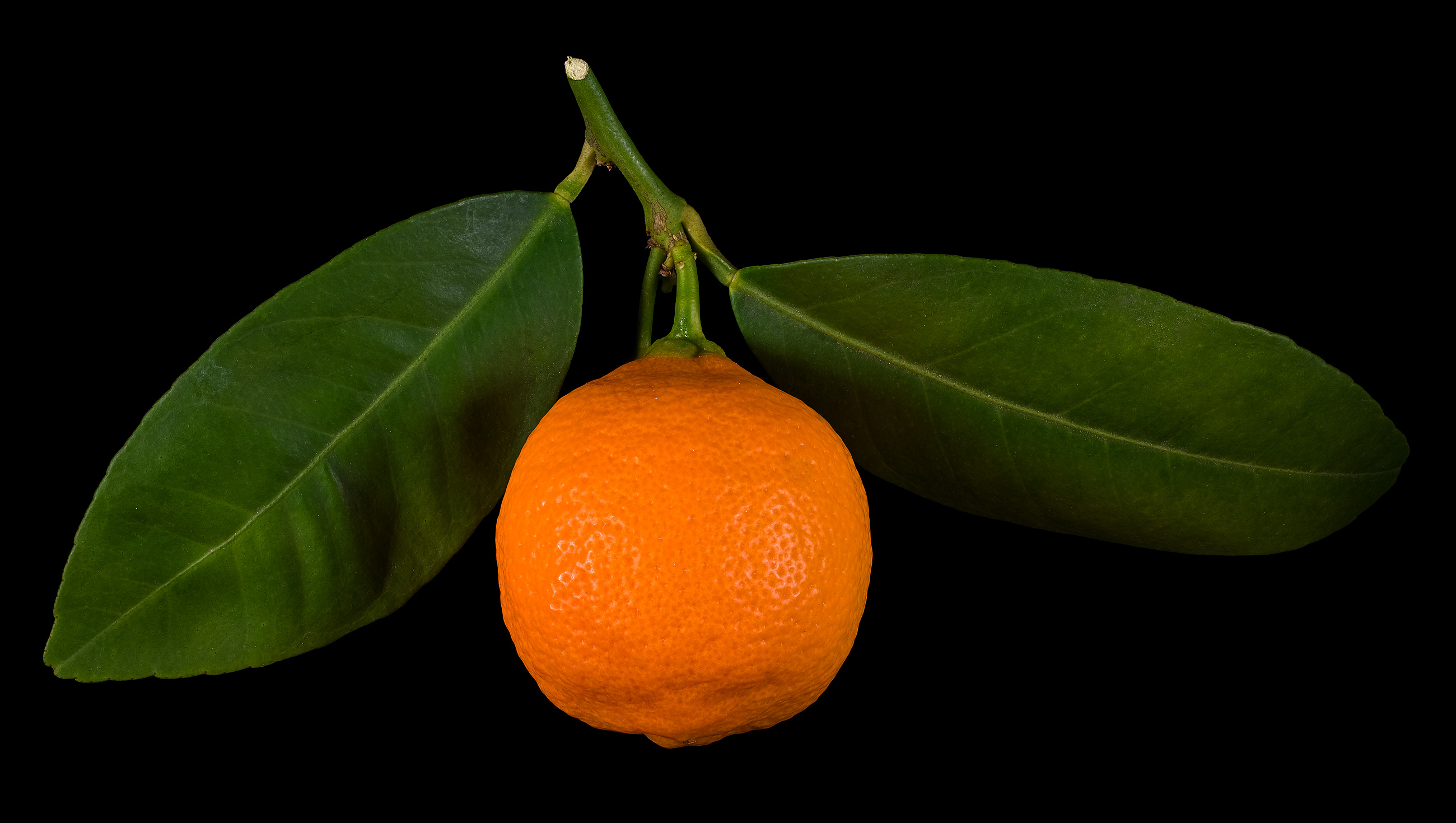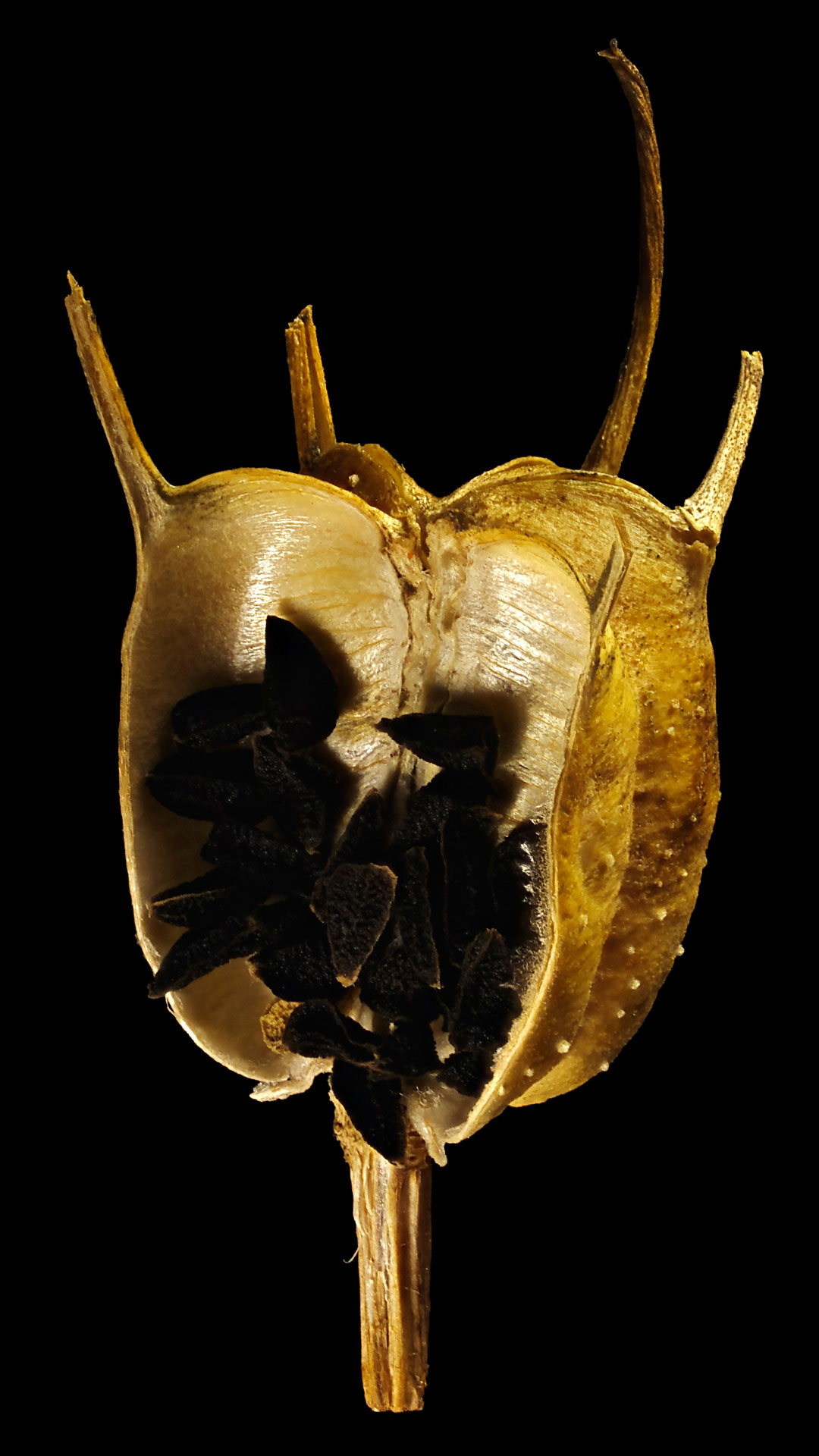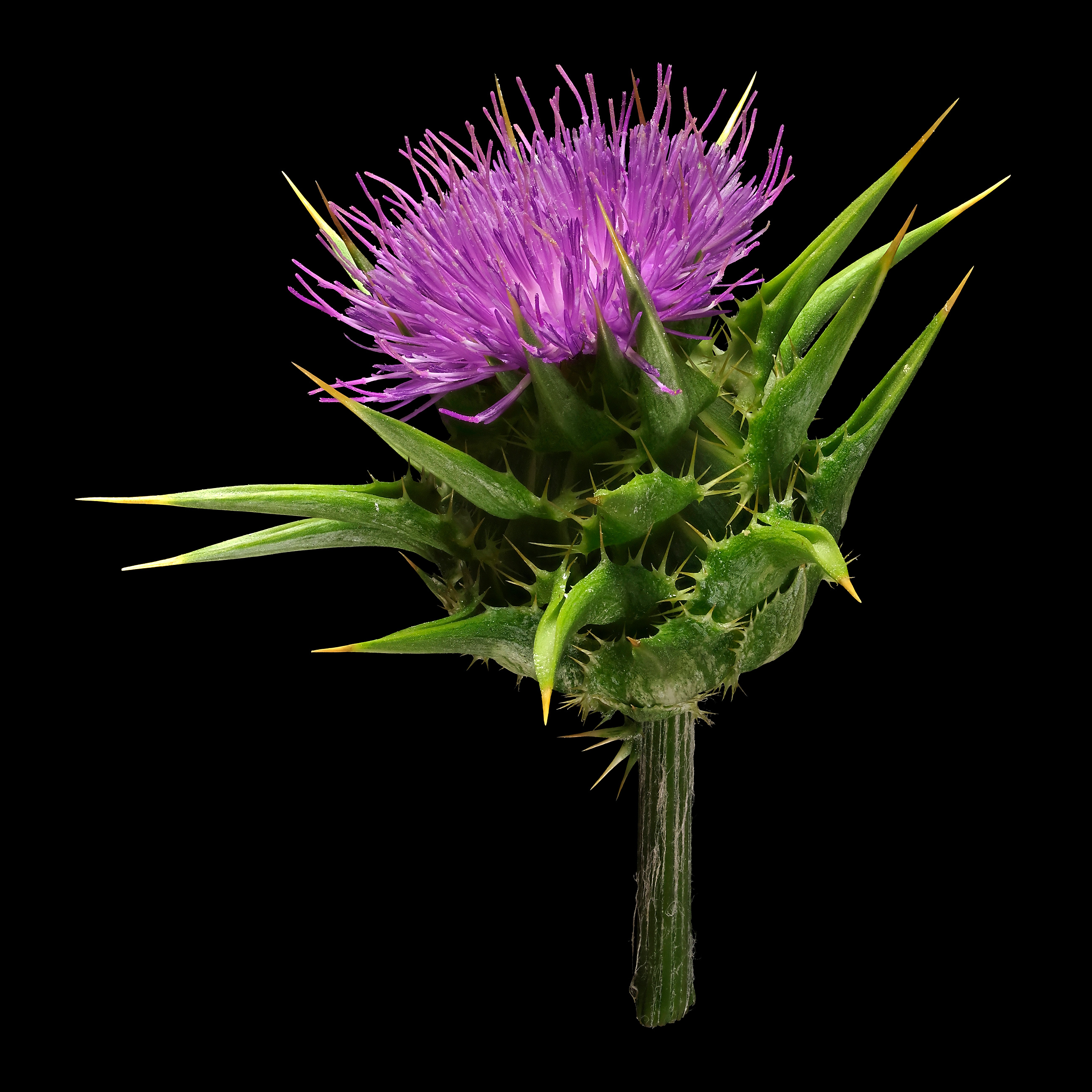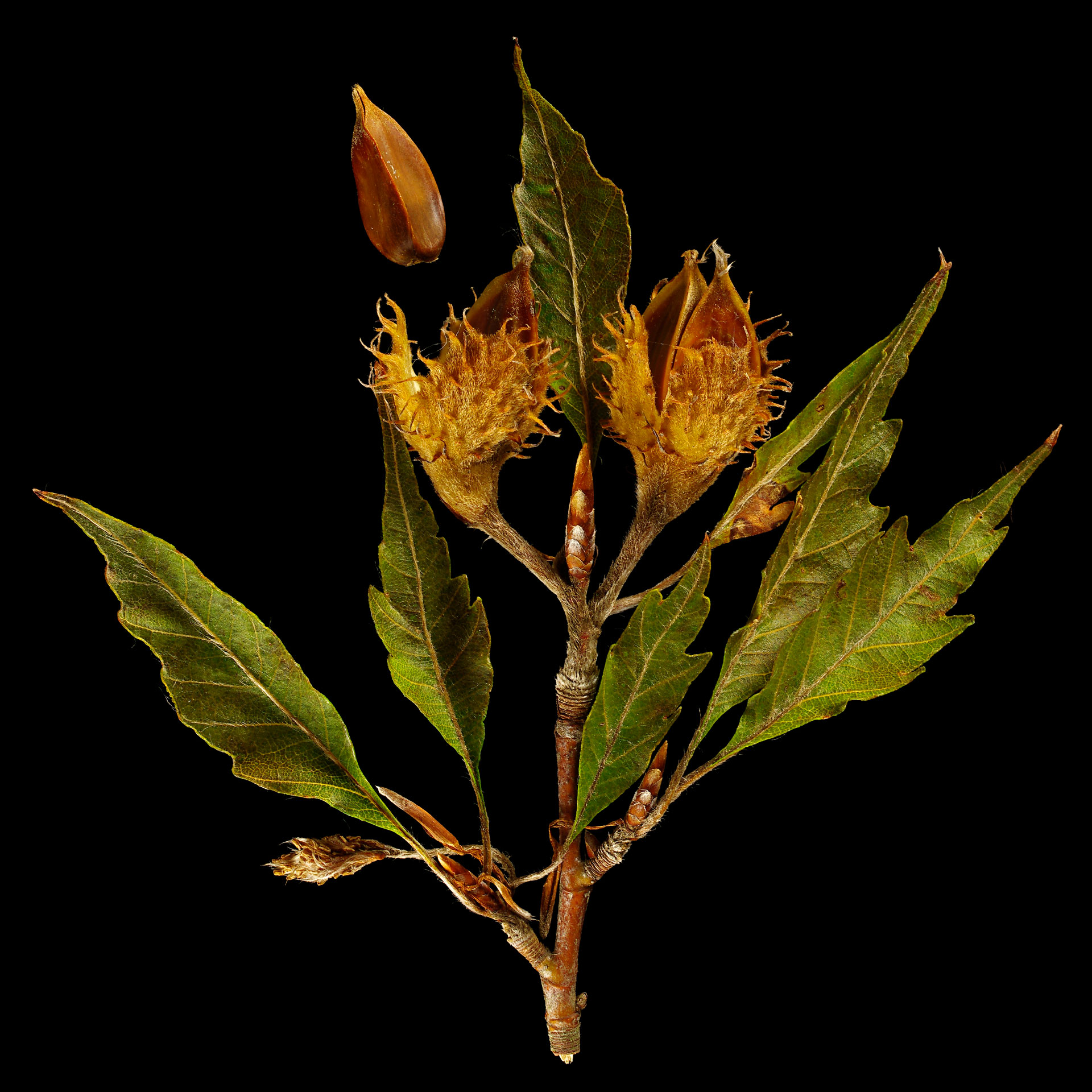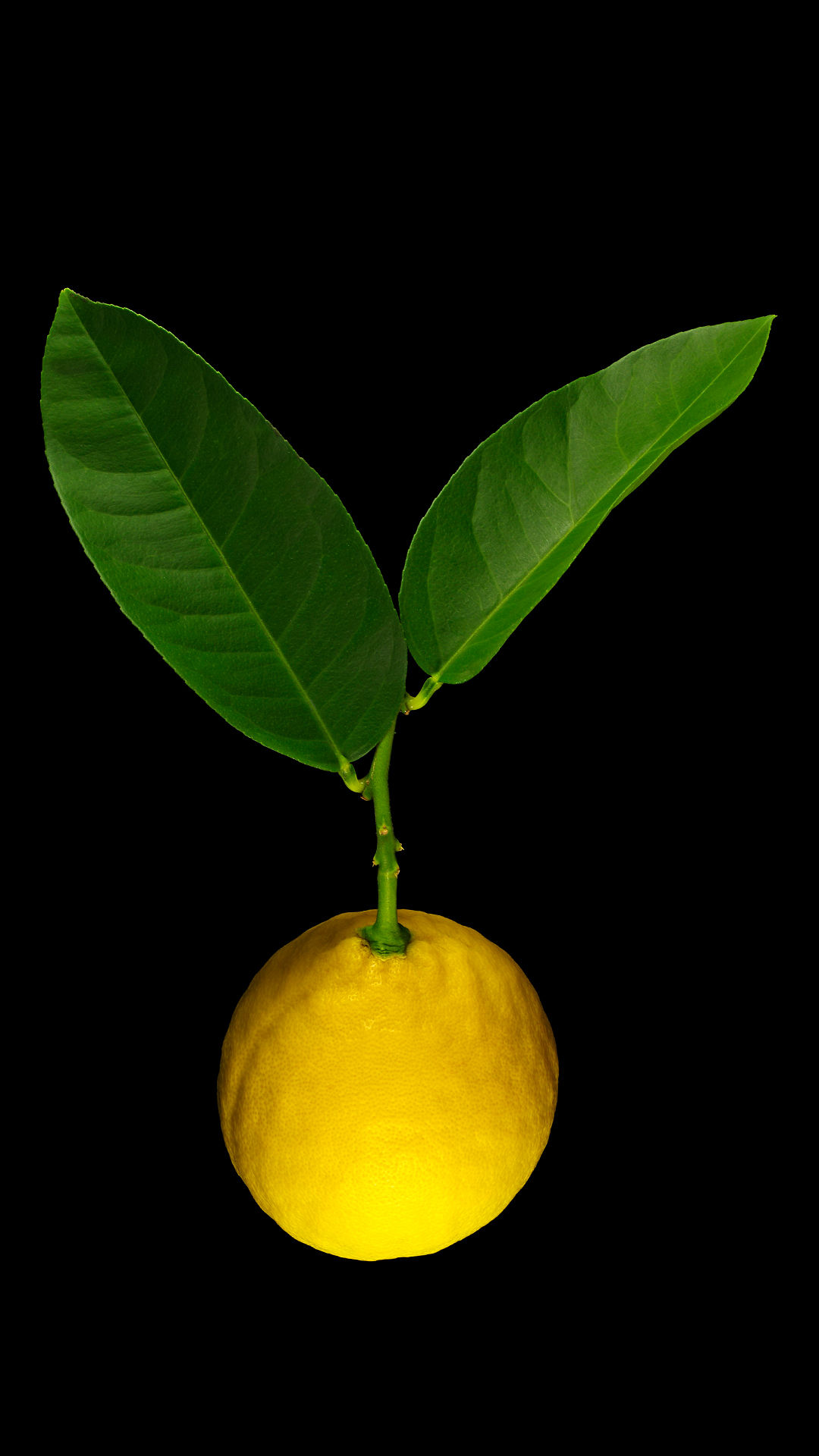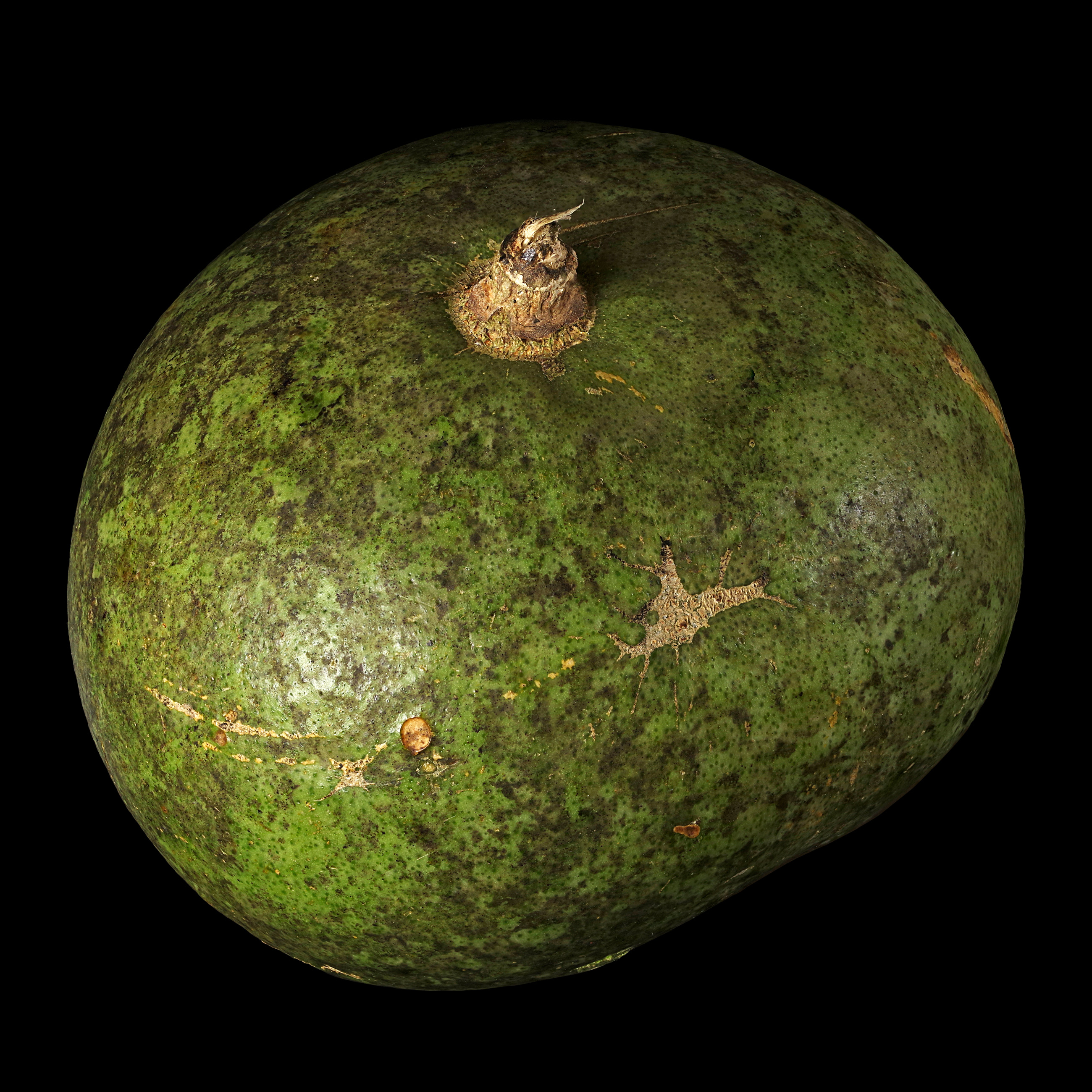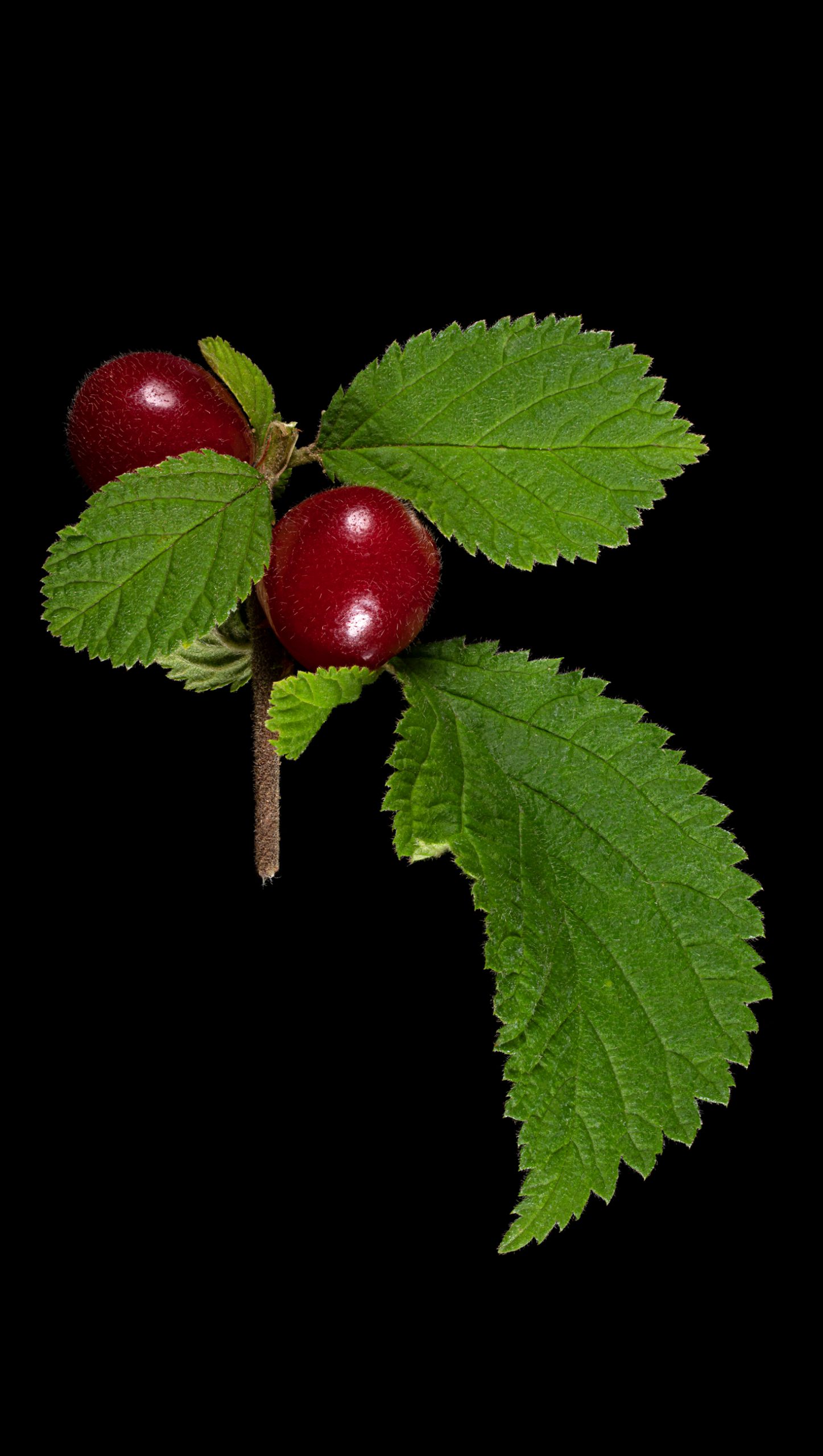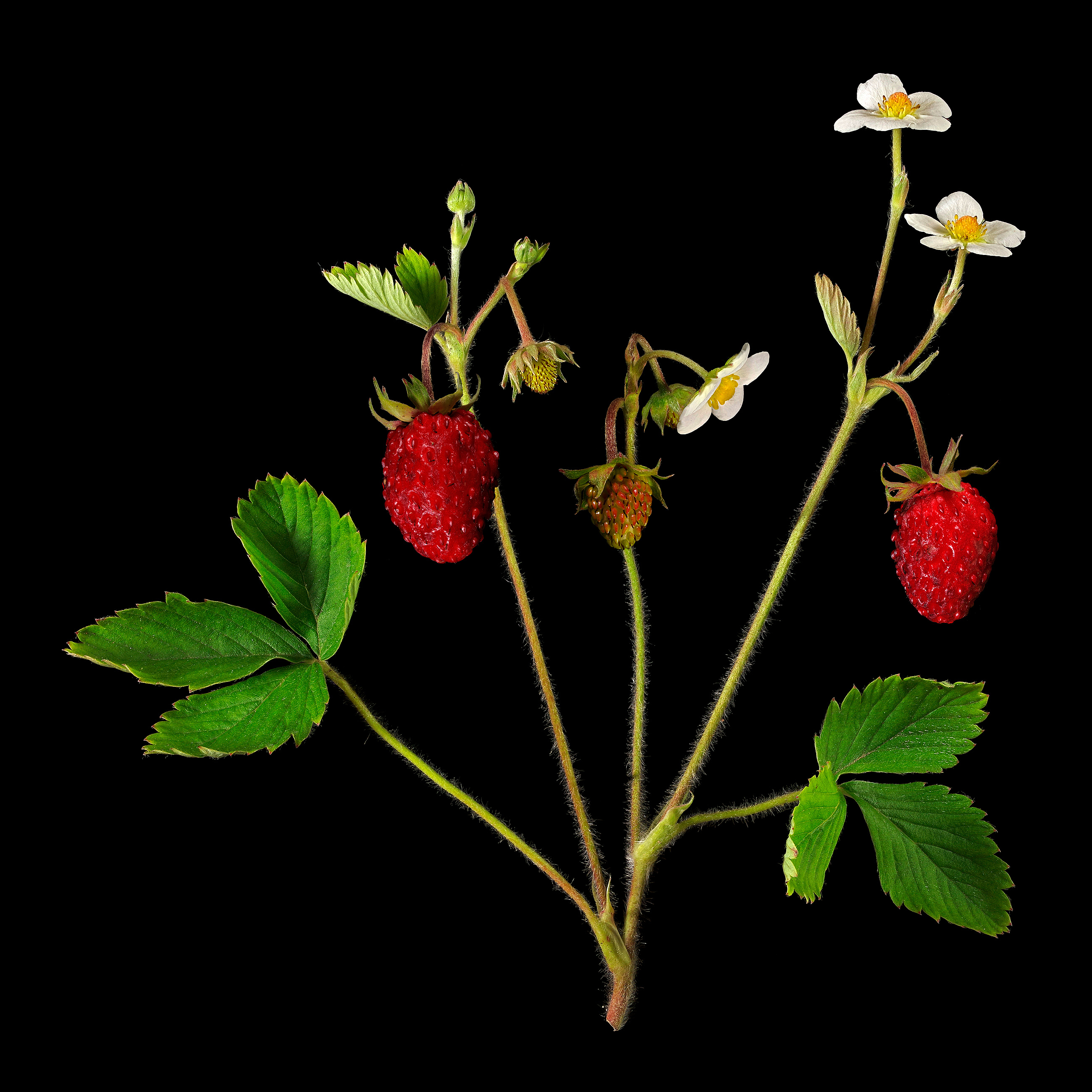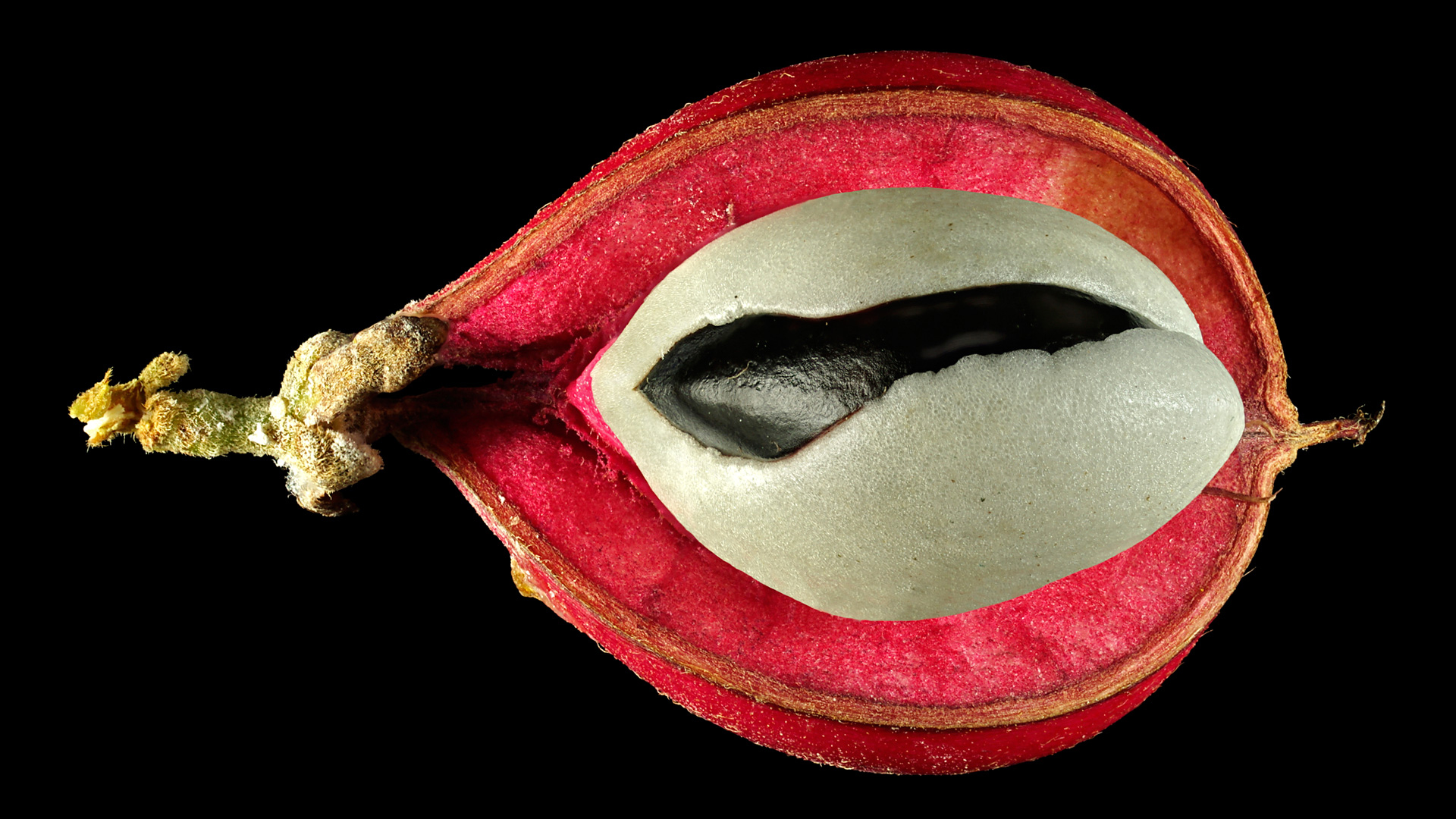Search Results for bitter
Boiled, fried or filled and baked, the immature fruits are very appreciated because of their bitterness.
The red tissue, which encloses the poisonous seeds, tastes very sweet.
This strange bitter orange variety stands out for its furrowed skin, but is consumable like most other bitter orange varieties.
Specially from the immature fruit (as well from the leaves) of the bitter orange the aromatic oil “Petitgrain” is won.
The fruits of the horned bitter orange bear one or more conspicuous bulges that can look like horns.
Mainly, the bizarre fruits of the bitter melon are used, but the leaves are also edible…
The cross section shows that ripe fruits of this variety no longer contain fruit juice.
Juice and fruit pulp can savoured fresh or processed to jelly and lemonade, if the bitterness is not unpleasant.
Common belgian endive (with the yellowish to light green leaves) is much better known and more frequently found on the vegetable shelf than this violet variety.
The Ligiri, native to East Asia, carries clusters of small berries that taste bitter and tangy. They can be eaten raw or cooked.
Quinces are rarely eaten raw. They are mainly consumed as jelly, stewed fruit, mush, chutney, schnapps and “dulce de membrillo”.
The Green Nightshade or Poro Poro is called ” man-eater tomato” in German.
Rosemary is an important kitchen herb and spice. It is a component of the herb mixture “Herbs de Provence”.
As soon as the small fruits of pheasant berry are ripe and therefore dark brown and soft, they taste intensely like slightly burnt (bitter) caramel.
It is still a stubbornly held legend that the fruits of the rowanberry or mountain ash are poisonous. The small fruits are ideal for jam, mash, liqueur…
The deep purple, black-looking flowers, however, taste very sweet due to the rich nectar they contain, so that they can be nibbled or used well in tea and on desserts.
Although the noni not only smells bad but also tastes bitter, the ripe and unripe fruits and seeds are eaten.
The purple or reddish, brittle cocoa beans are first fermented with the help of the sweet pulp for about 10 days, which reduces the bitter substances and slowly develops the typical cocoa aroma.
The fruits of the childing orange are “pregnant” with another fruit: in the interior grows a smaller fruit, along with a peel.
During the ripening process, the initially yellow fruit is covered more and more with reddish-brown spots until the whole skin is brown.
This variety of an oakleaf lettuce stands out for its duckbill-like elongated leaf tips. It has a slightly nutty flavor.
The highest importance has the aromatic oil, of course, in the perfume production, but also tea (Earl Gray and Lady Gray), confectionery and Lokum are flavored with bergamot oil.
This red-fleshy variety with the reddish peel is very delicious!
Ripe fruits of Beale’s barberry are edible raw or cooked and a jam can be prepared. Dried berries give muesli a fruity note.
Despite its higher juice content, Chinese citron can be used in the kitchen like other varieties of citron, such as succade or jam.
Saffron, the “red gold”, is a spice extracted from the flowers of the saffron crocus.
The variety ‘Rotonda bianca sfumata di rosa’ is found in the trade quite rare, typical in our (European) view are the black varieties.
The perettone citron is certainly one of the ornamental varieties among the citrus plants, but the fruits should be candied or made into jam.
Blackthorn fruits are made into jam, jelly and compote.
The approximately 1 cm small fruits of the Hong Kong kumquat are the smallest citrus fruits in the world. In principle, they are edible, but they have little to offer because there is almost no flesh.
Even if the fruits are not productive, they can be eaten fresh from the tree or processed into jam, compote and liqueur. The beautiful flowers can decorate dried tea mixtures.
The black, round berries with white little hairs are best eaten fresh as soft fruit, but they are of course also suitable for making jam, jelly, juice and liqueur.
Cattley guava has spherical, red berries that can be eaten fresh or processed into juice, jam and sorbet.
The kernel (nucellus) contains a lot of starch (and vitamins), so that a flour can be obtained from them after roasting, with which flat bread is baked or crackers called “emping” are fried.
In contrast to other types of lime, kaffir limes contain little juice, which is why the use of the essential oils in the dish is the focus.
The deep red colour of the Red Velvet Okras gets lost during cooking, the fruits turn as green as ordinary okra pods when heated.
The Tartary or India buckwheat can be used like the common buckwheat.
The cultivar ‘Santa Barbara’ is orange in colour and has a perfume-like aroma and a slightly soapy taste.
The seeds of the Black-caraway are mostly roasted. They are slightly bitter and spicy, with an unobtrusive aroma of cumin and roasted sesame seeds.
The milk thistle is extremely thorny, but culinarily it is like a small artichoke: The base of the bud is edible.
Beech can be used in many ways: the fruits called ” beechnuts ” as nuts or oil fruit and coffee substitute, leaves as salad, wood as smoke aroma.
In addition to the flower buds of milk thistle, which are comparable to artichokes in culinary way, the large, wavy leaves with numerous thorns are also edible.
Peel and juice can be used like lemon, the firm flesh resembles the grapefruit, but somewhat more acid.
To open this fruit, I needed 2 large knives. A saw would have been better, but I didn’t have it at hand. When I spooned out the fruit, my spoon also broke.
The hairy fruits, which grow on very short stems almost directly on the branch, are juicy and soft, slightly sweet and tart.
The fruits are sweet and have a very aromatic taste. They are best eaten raw.
Dried seeds are ground into a brown paste, mixed with cassava flour to form “Pasta Guarana” and sweetened as a stimulating drink, similar to coffee or cacao.



